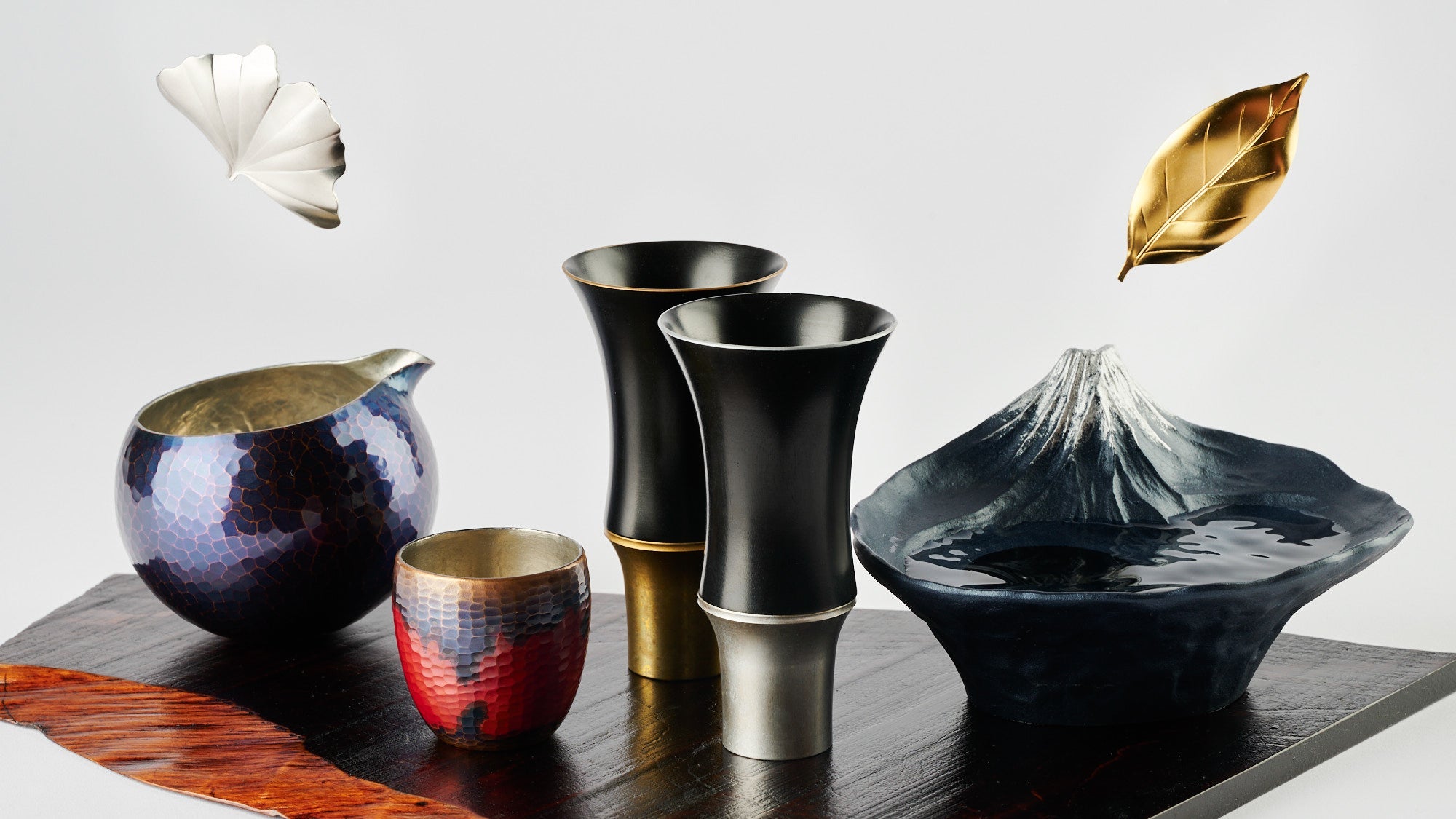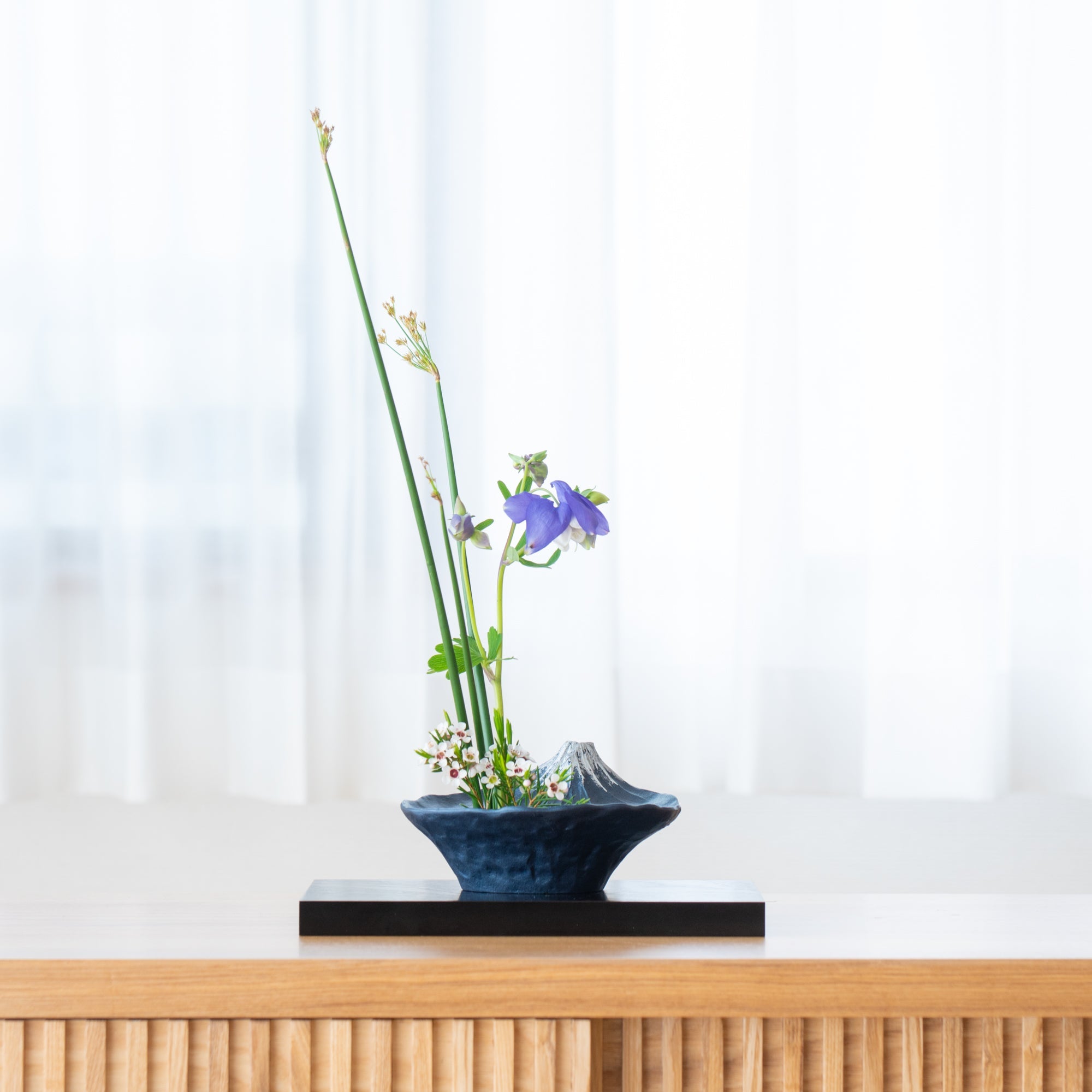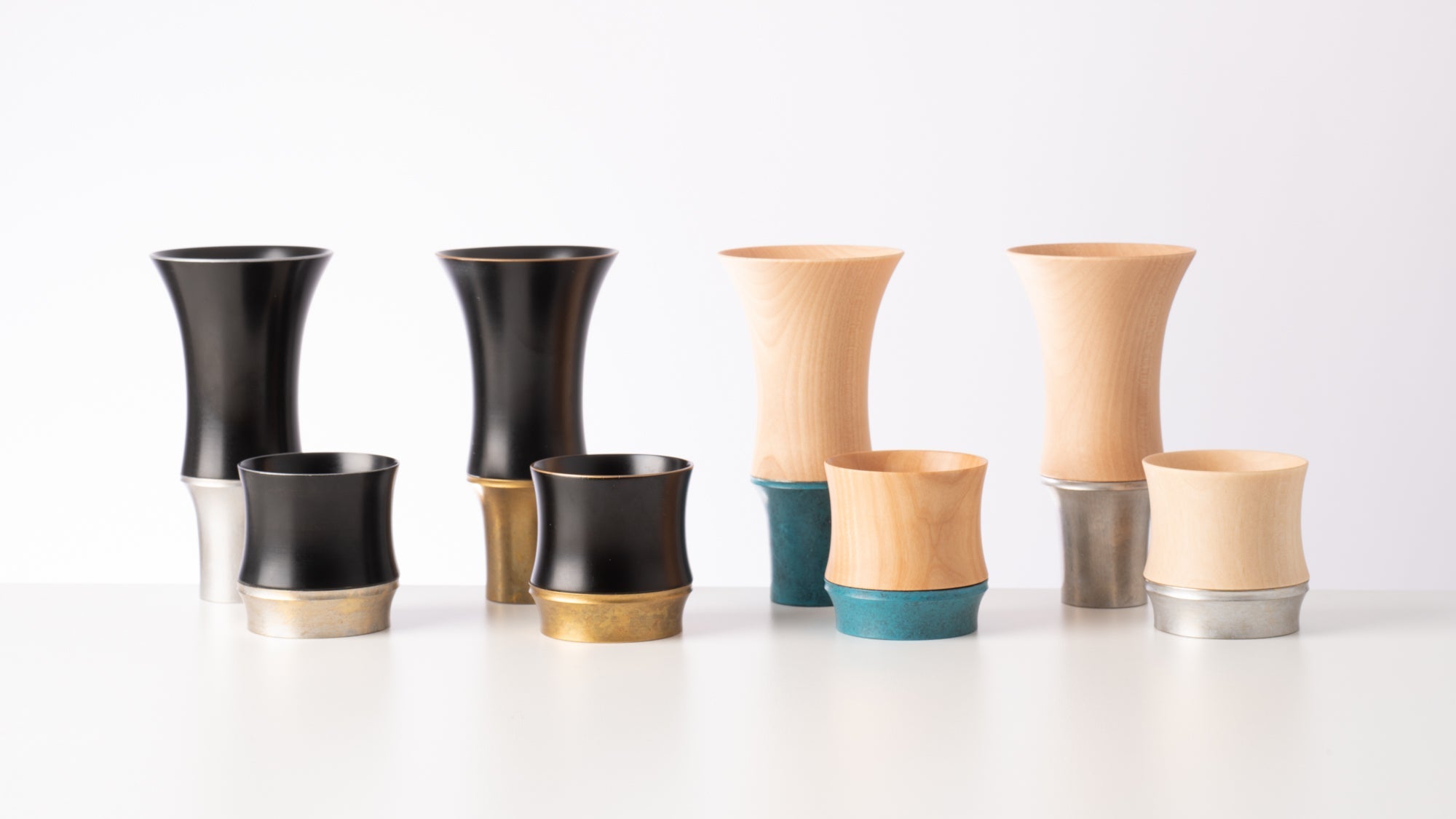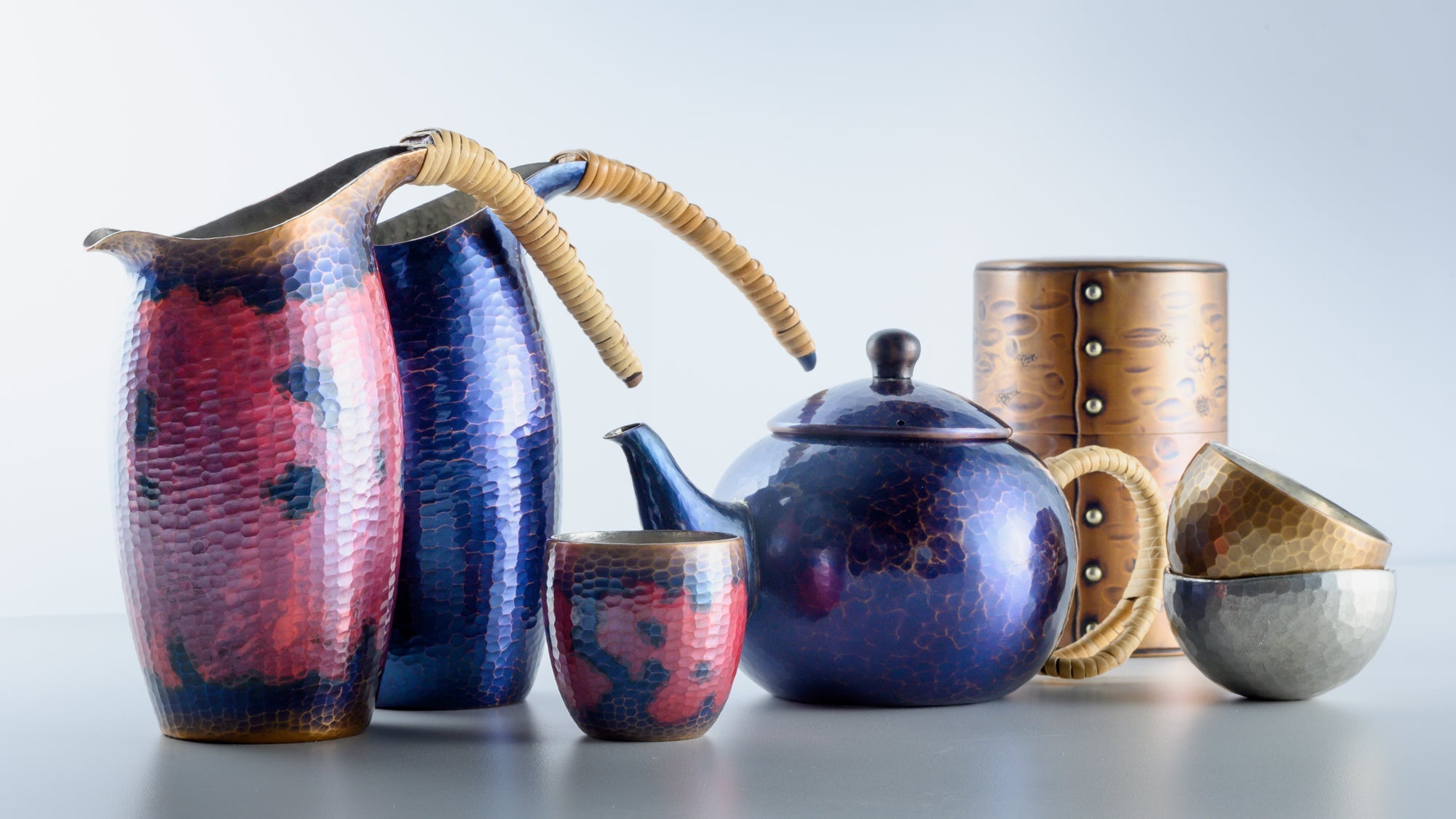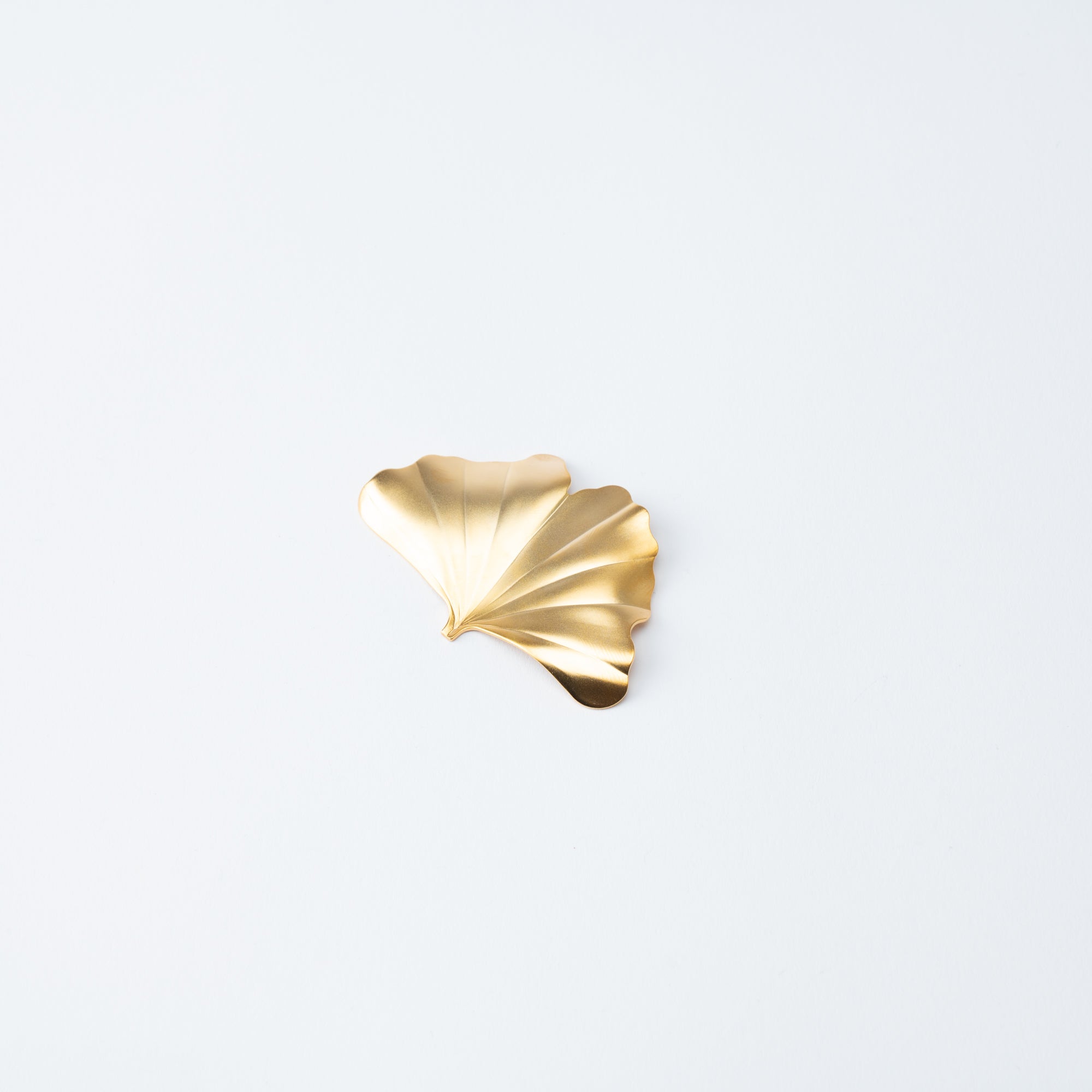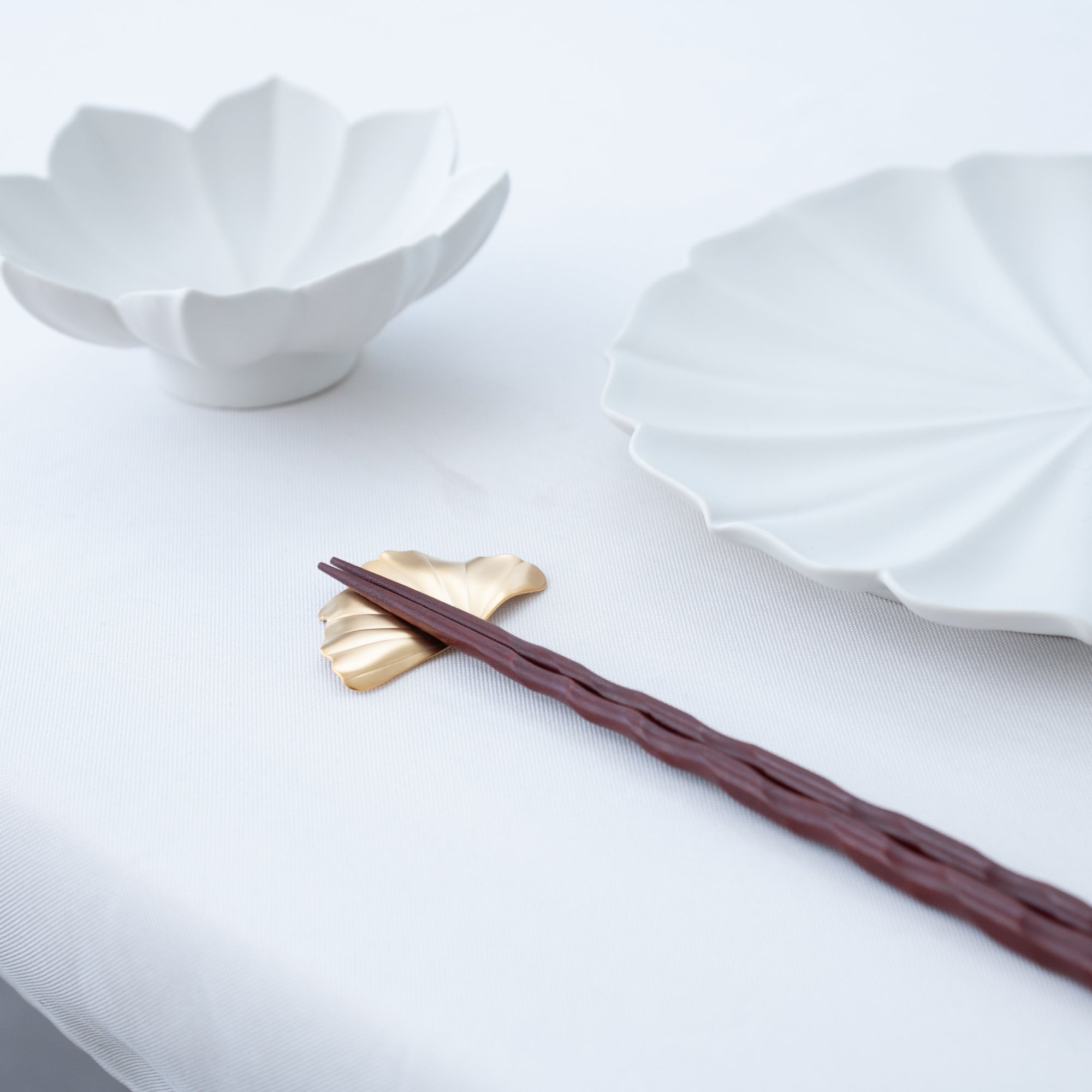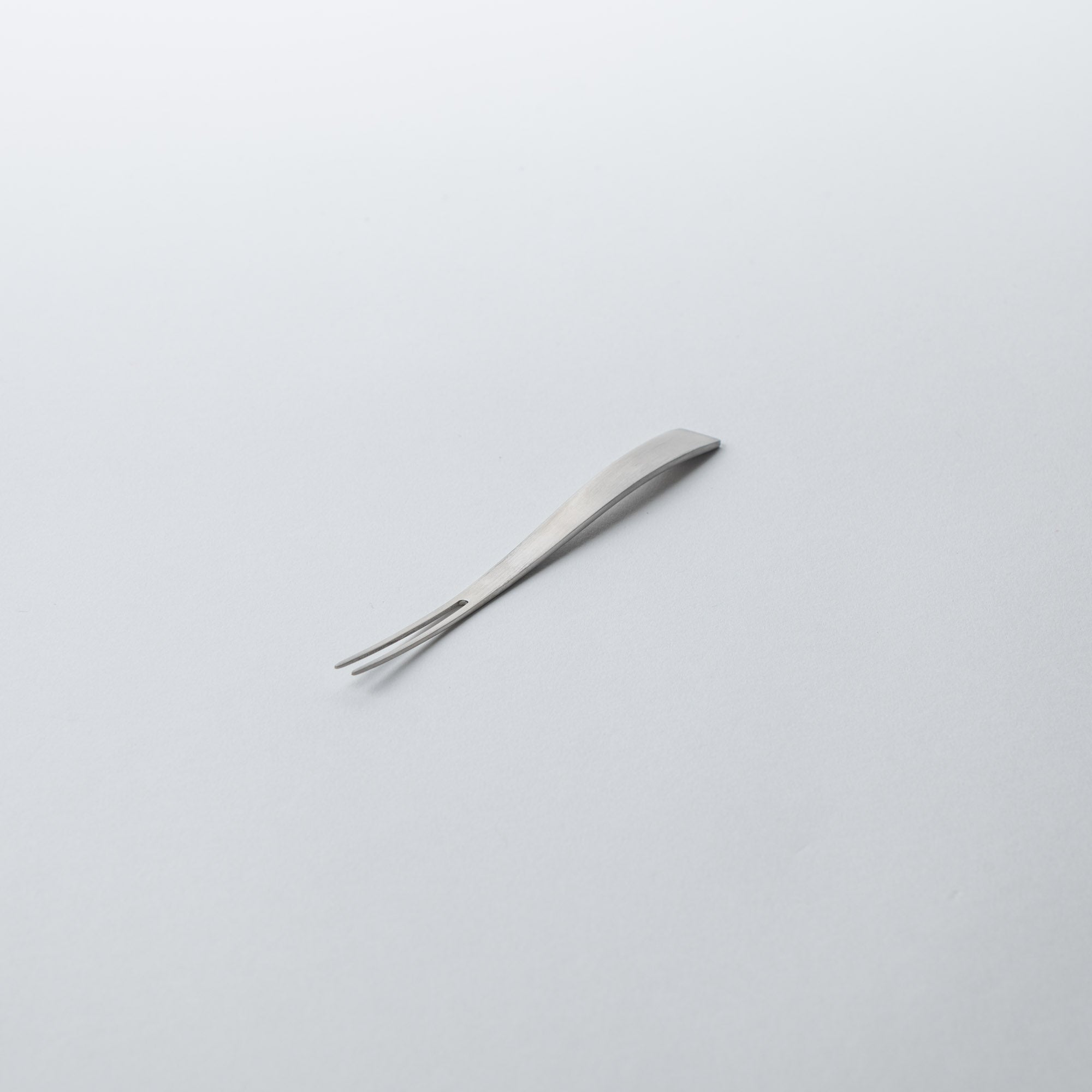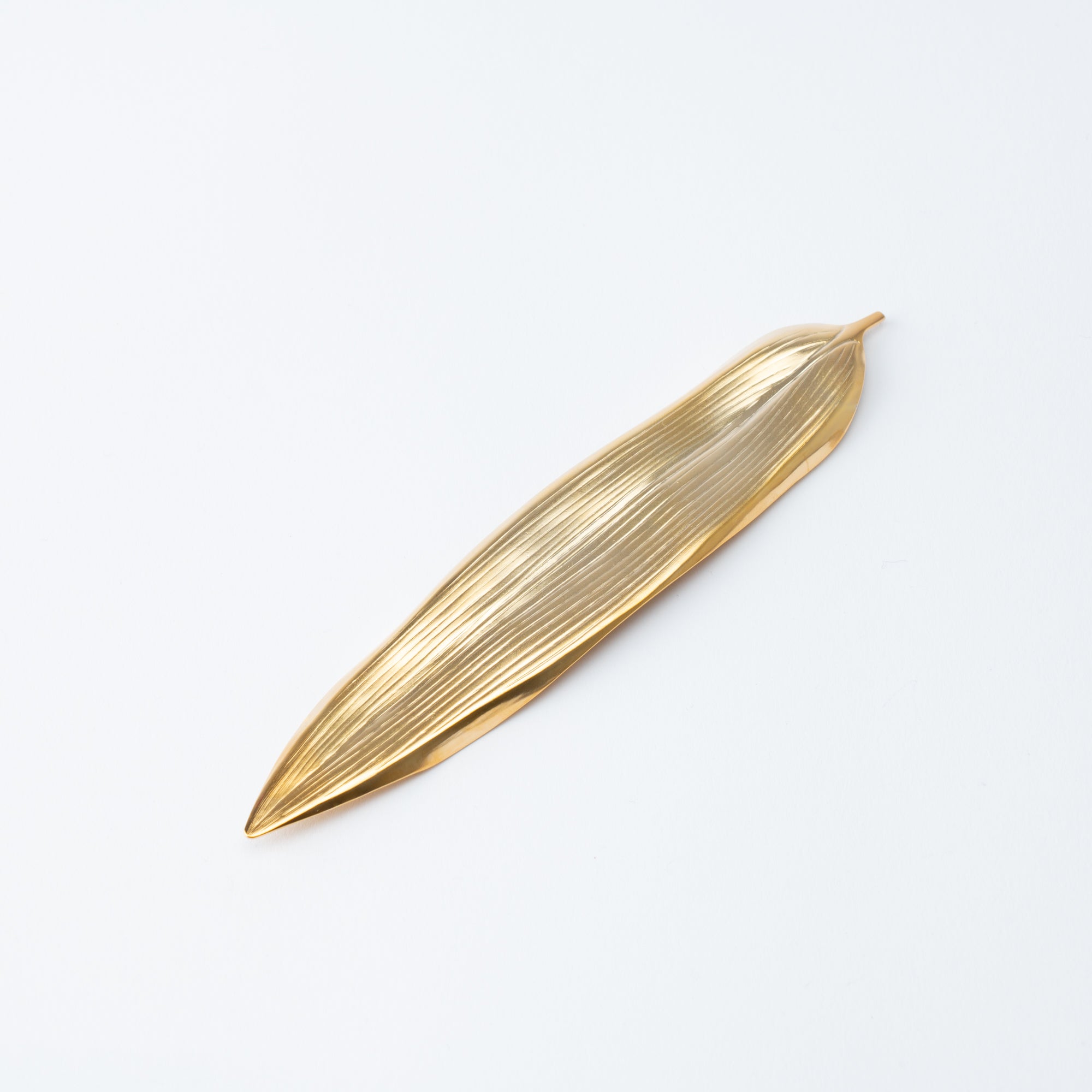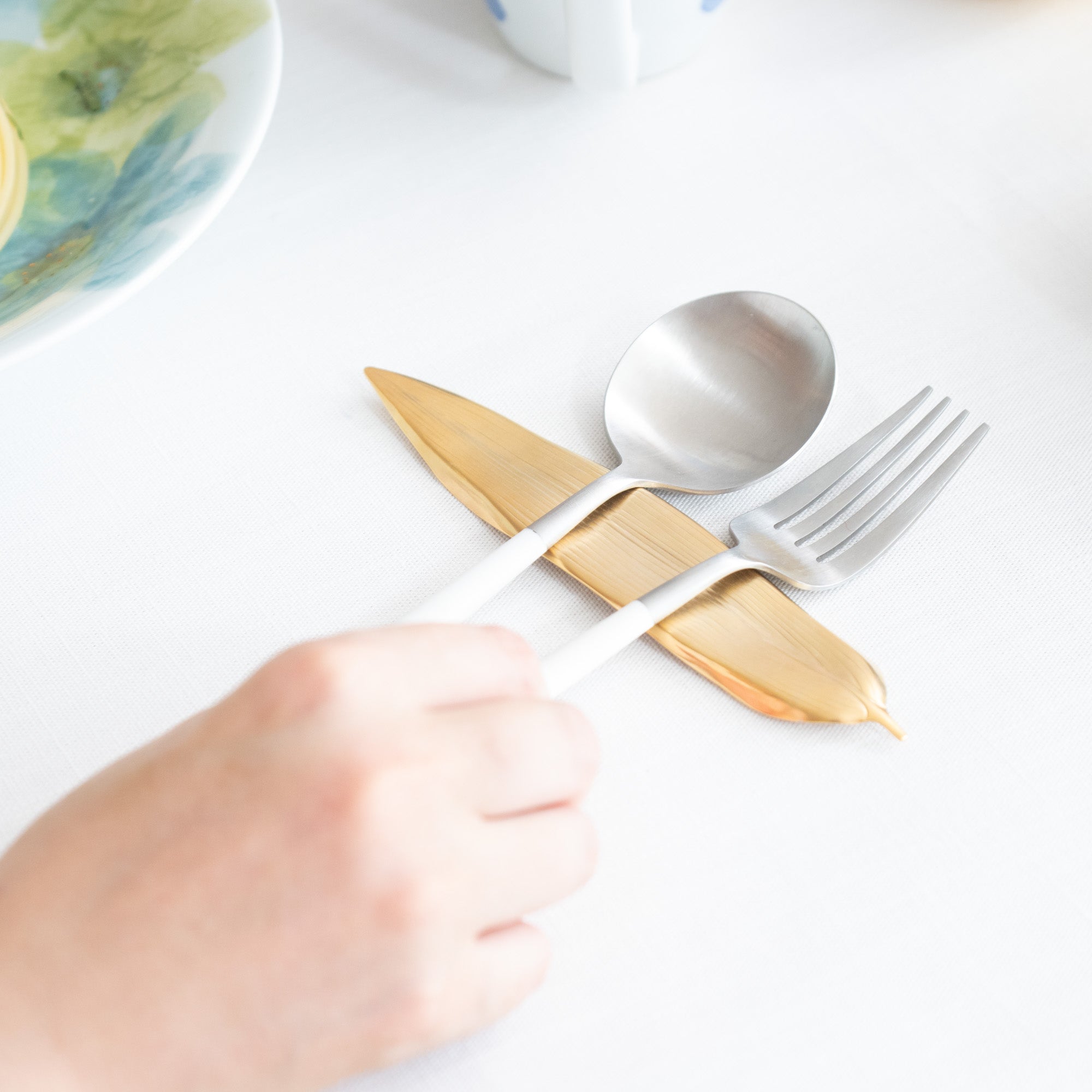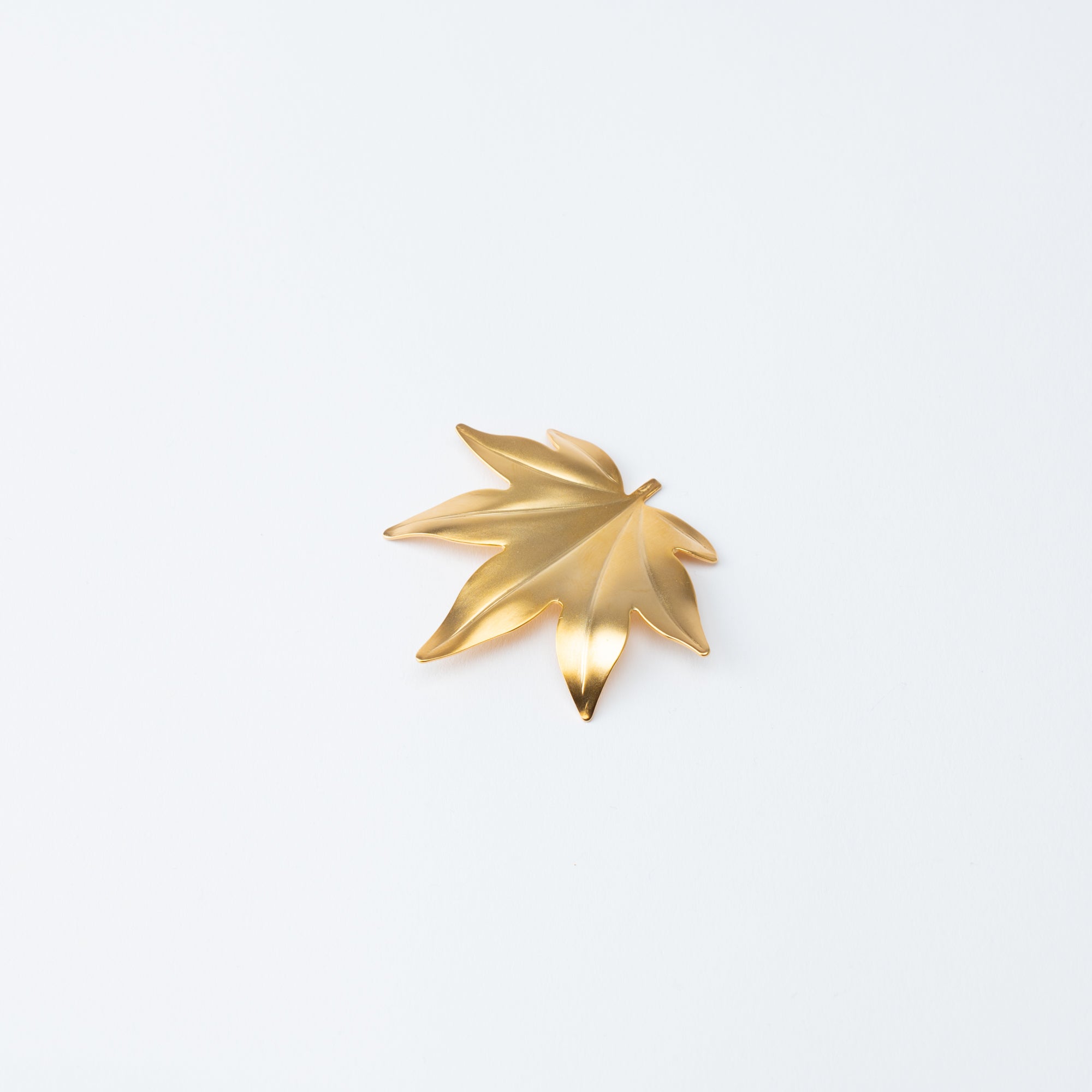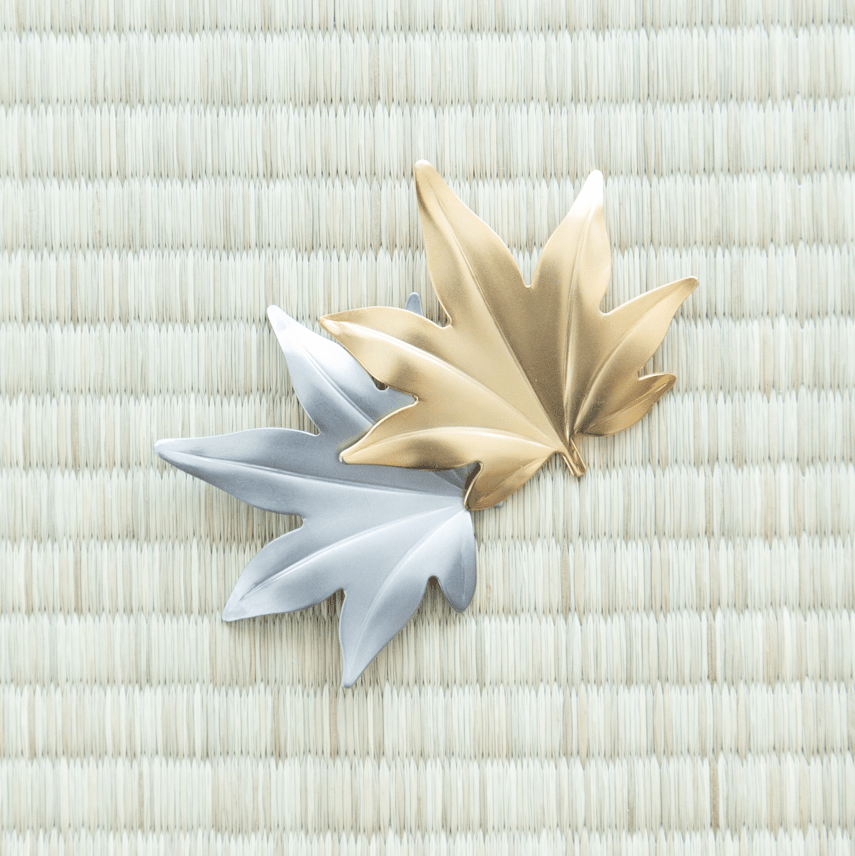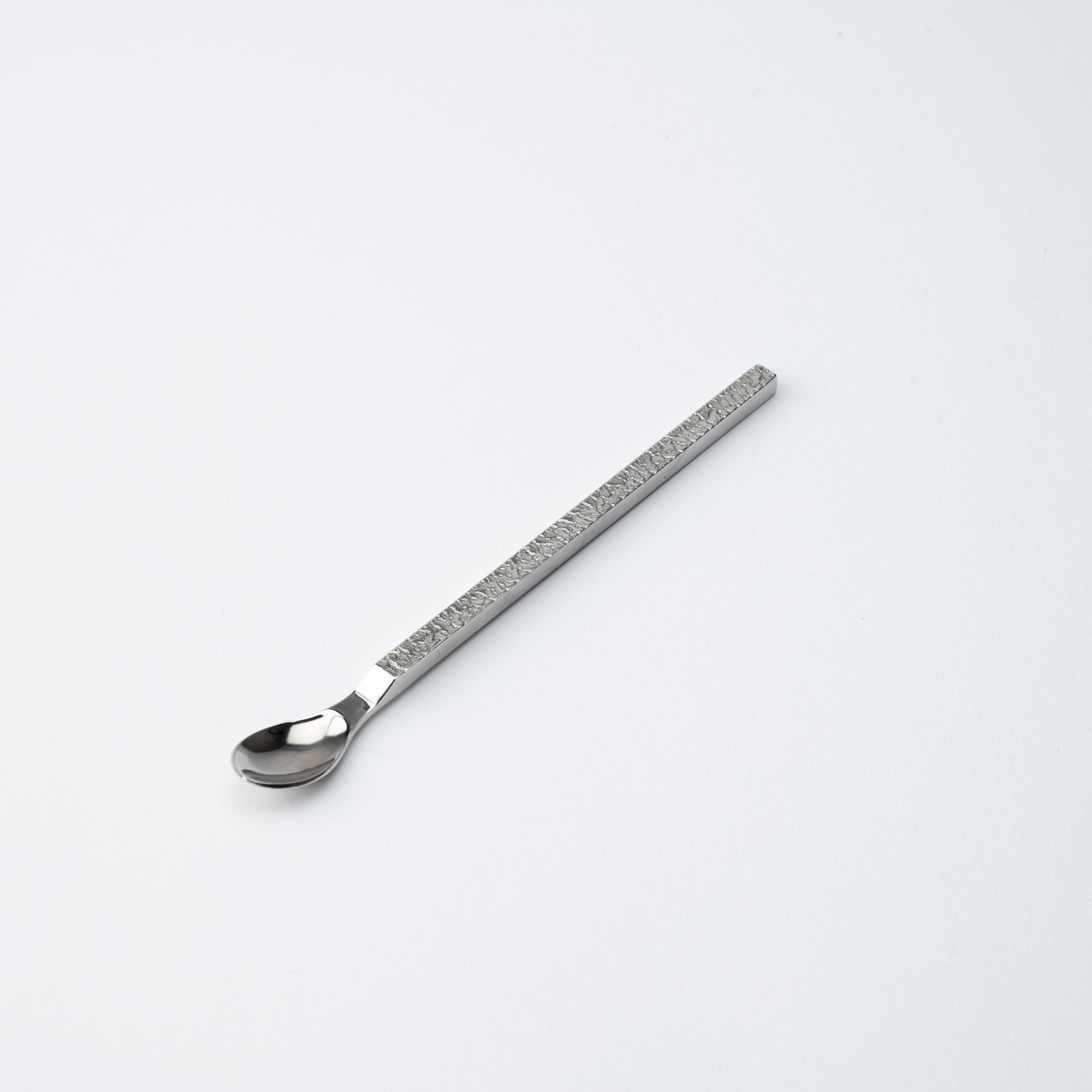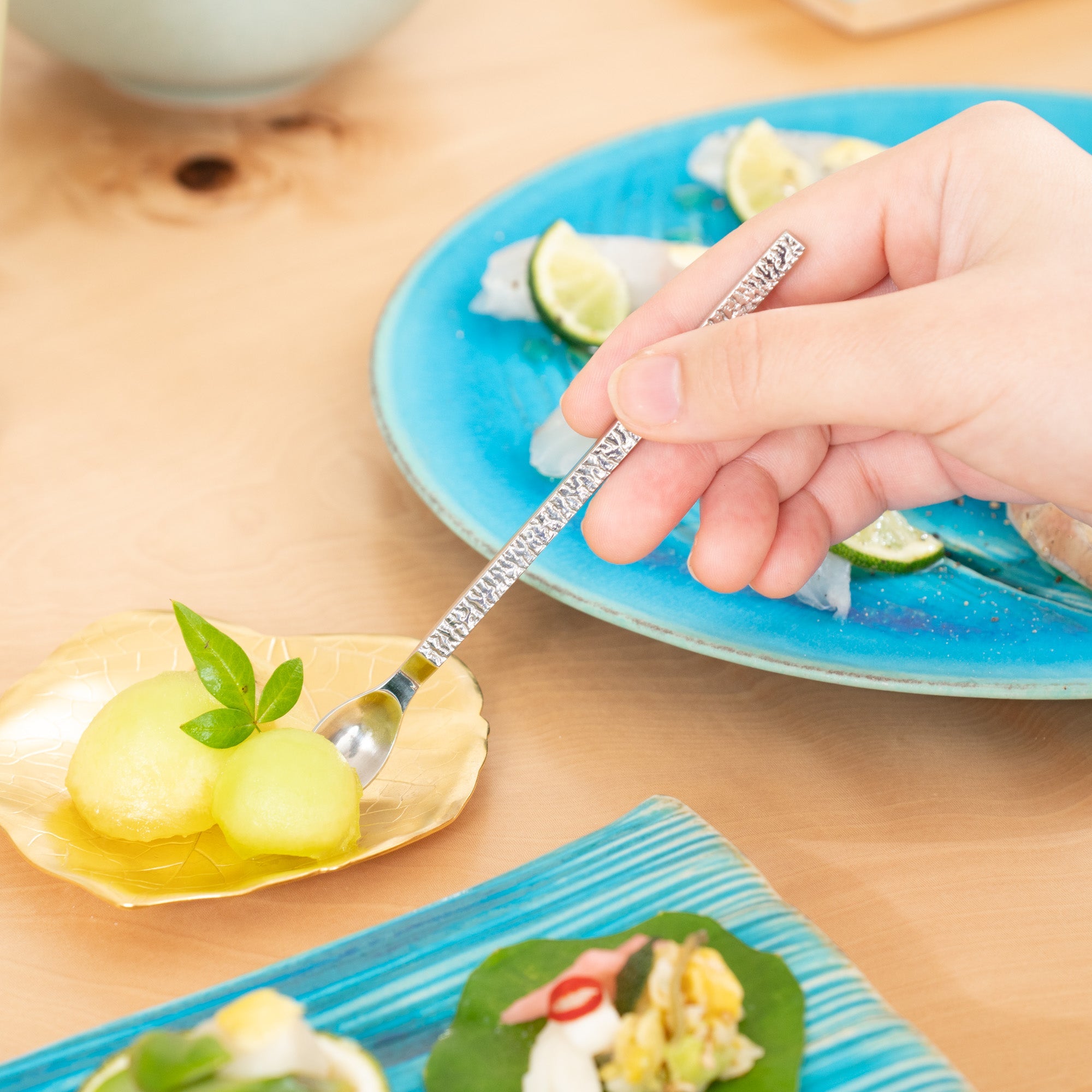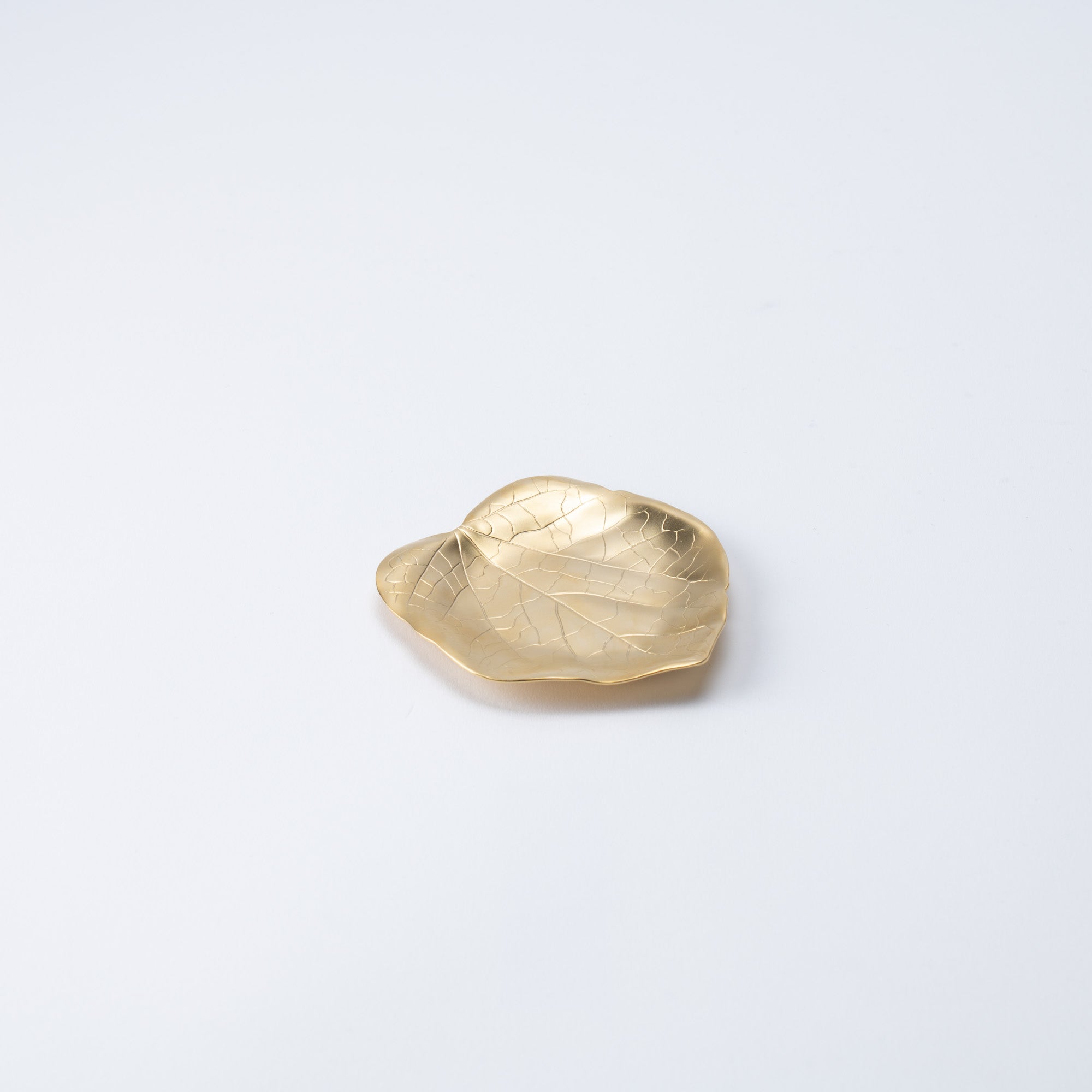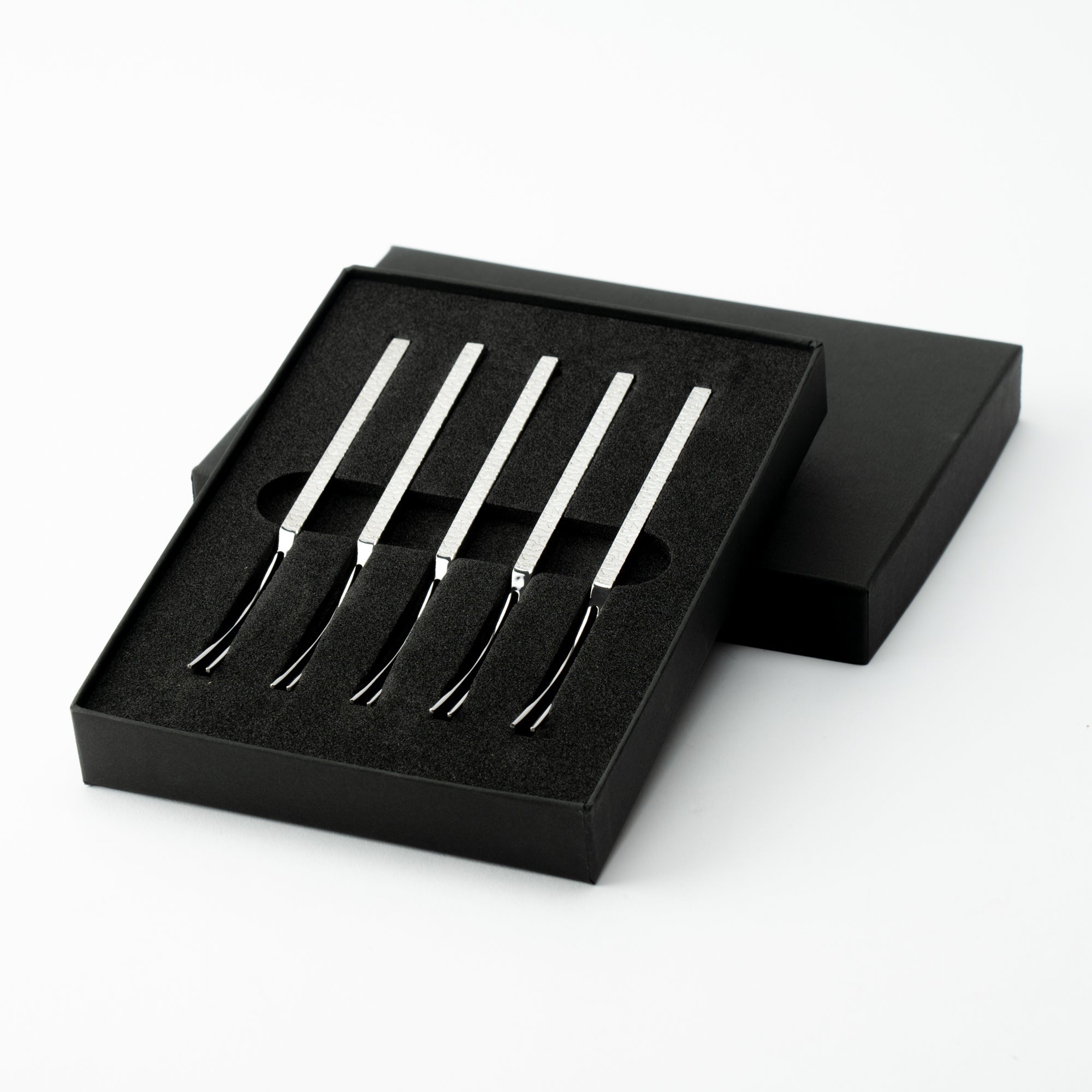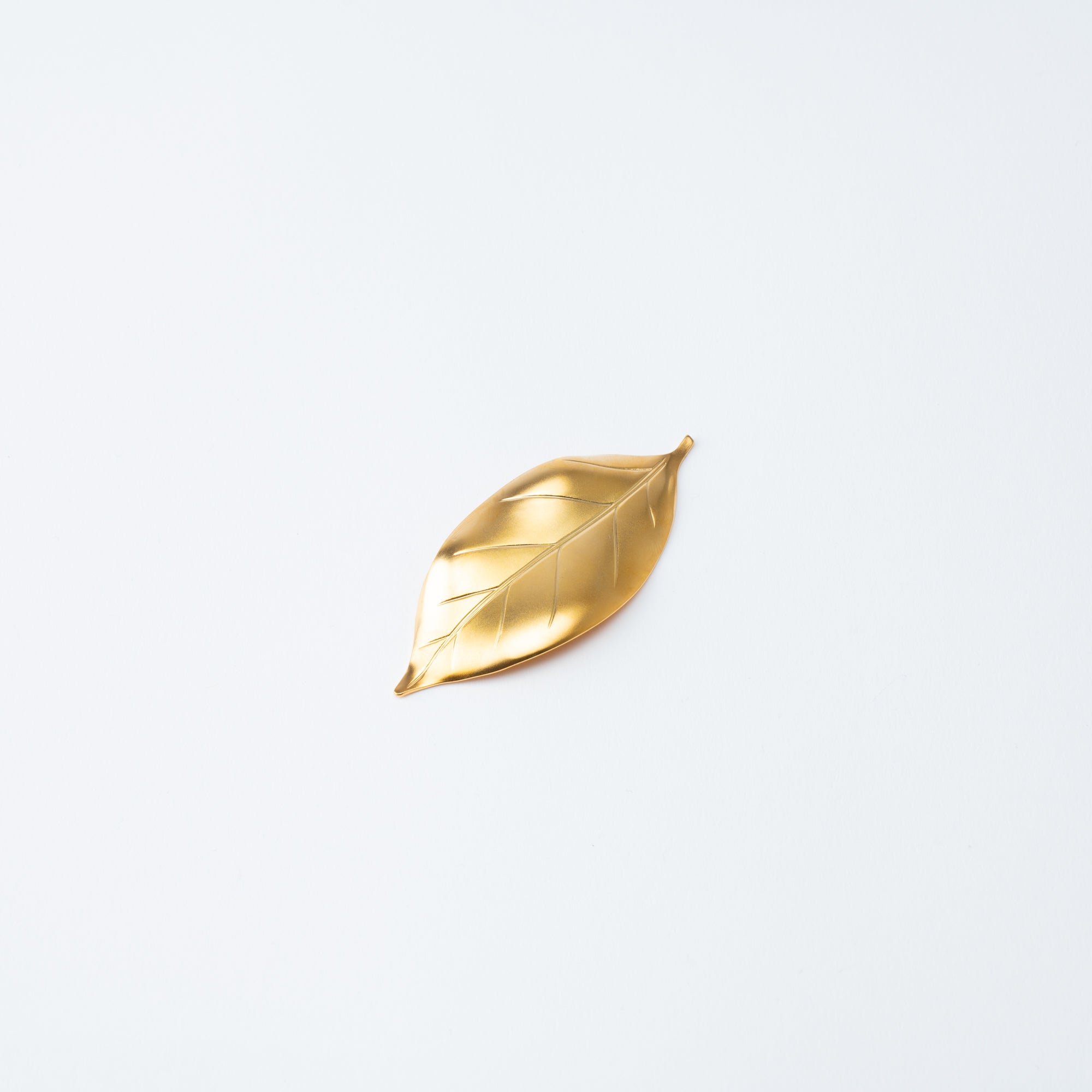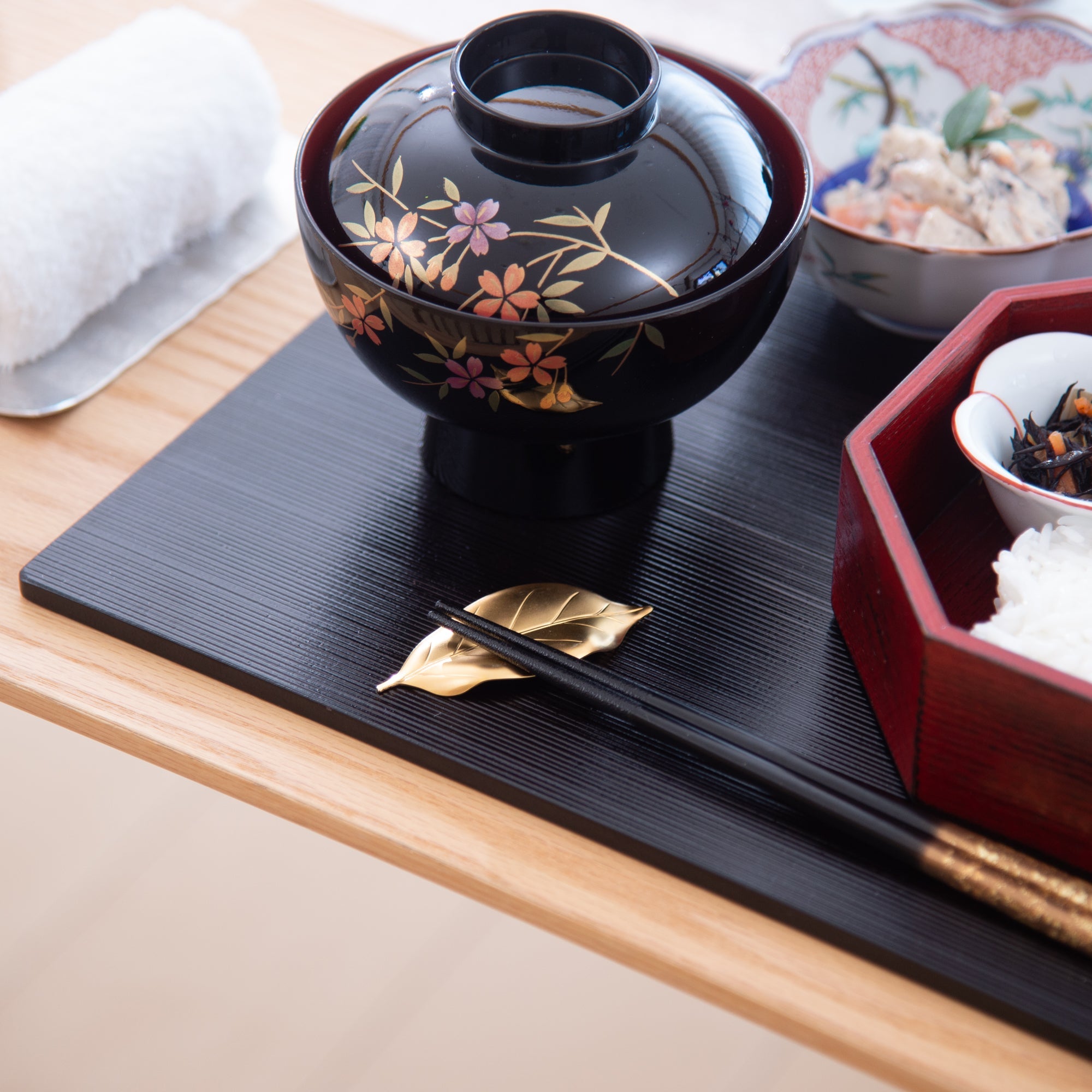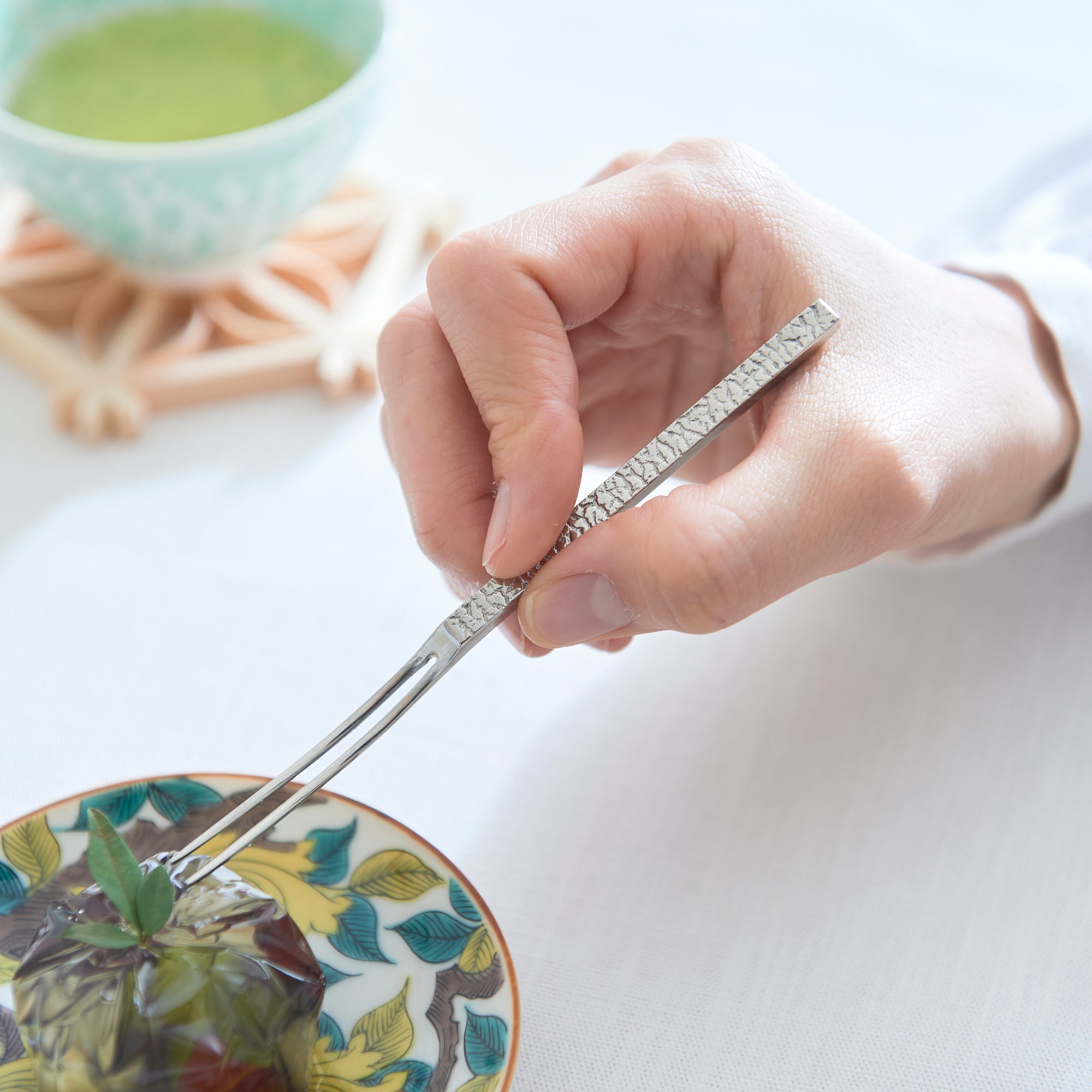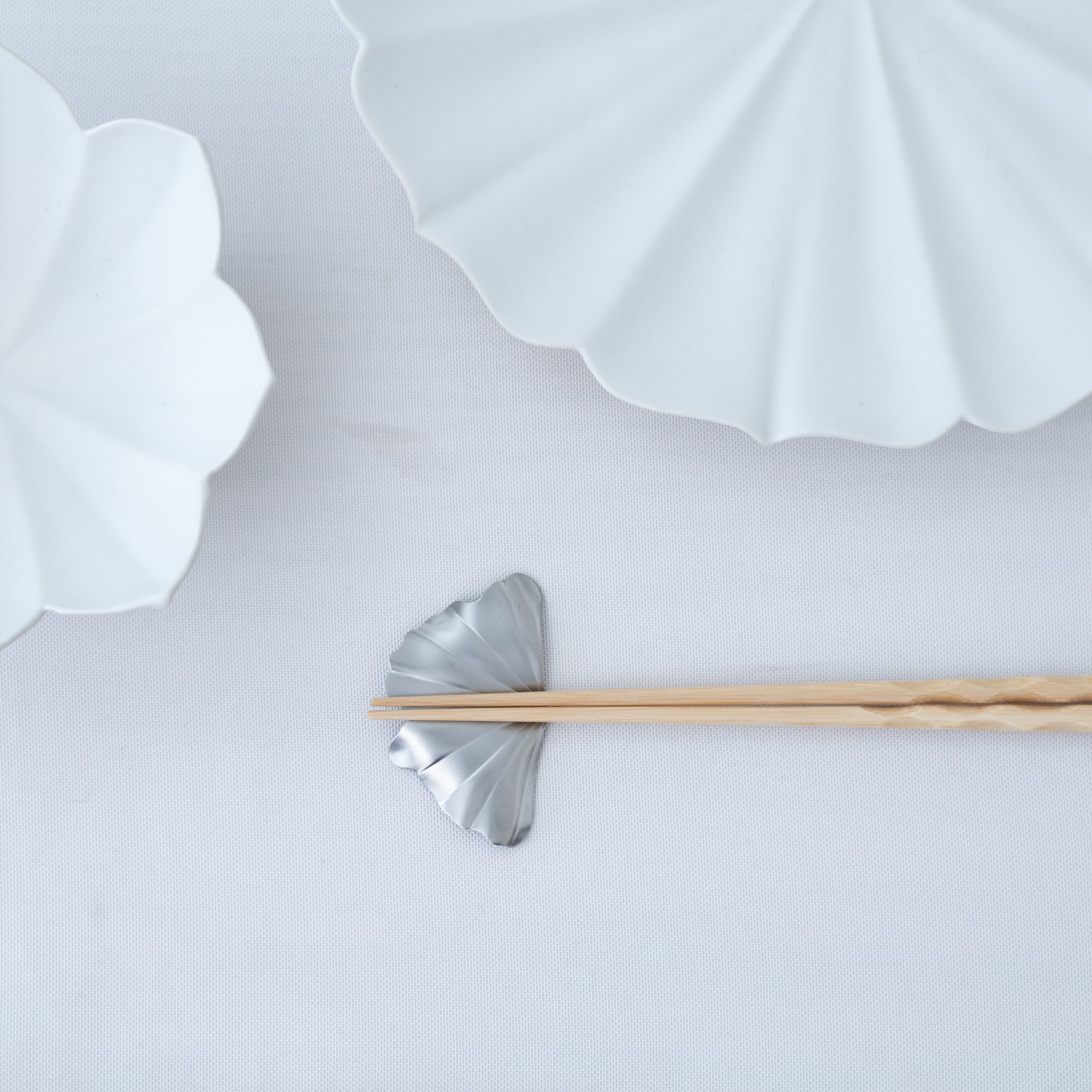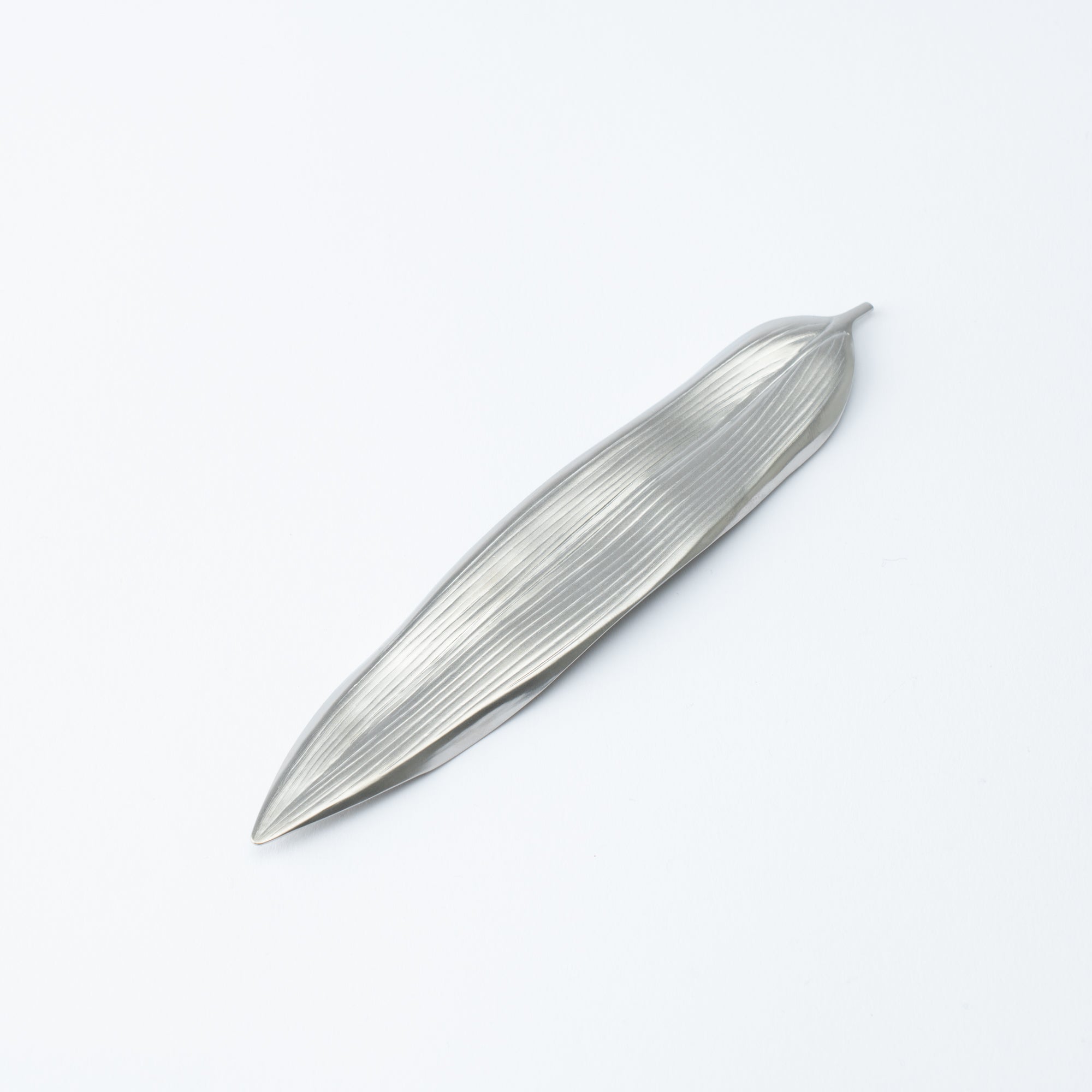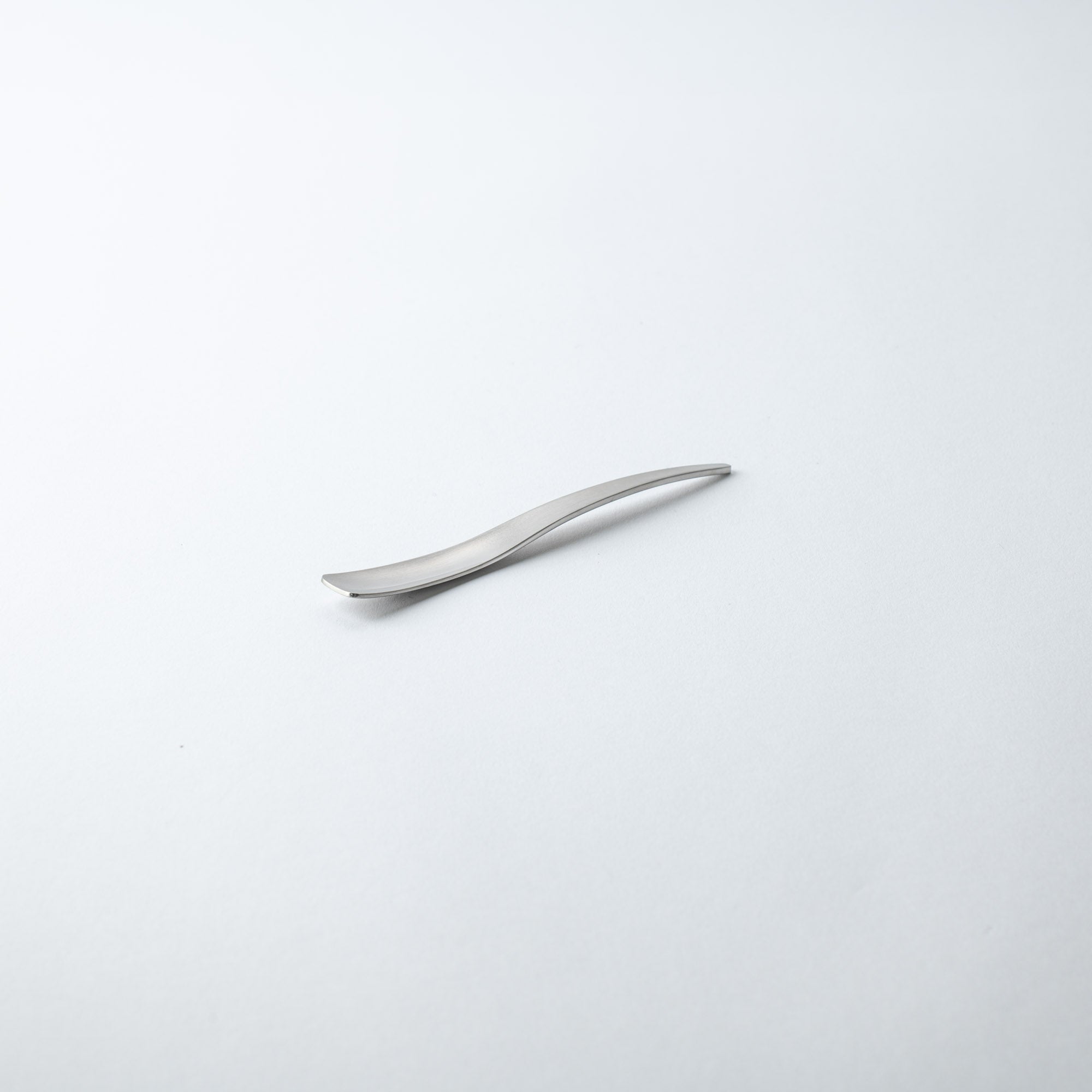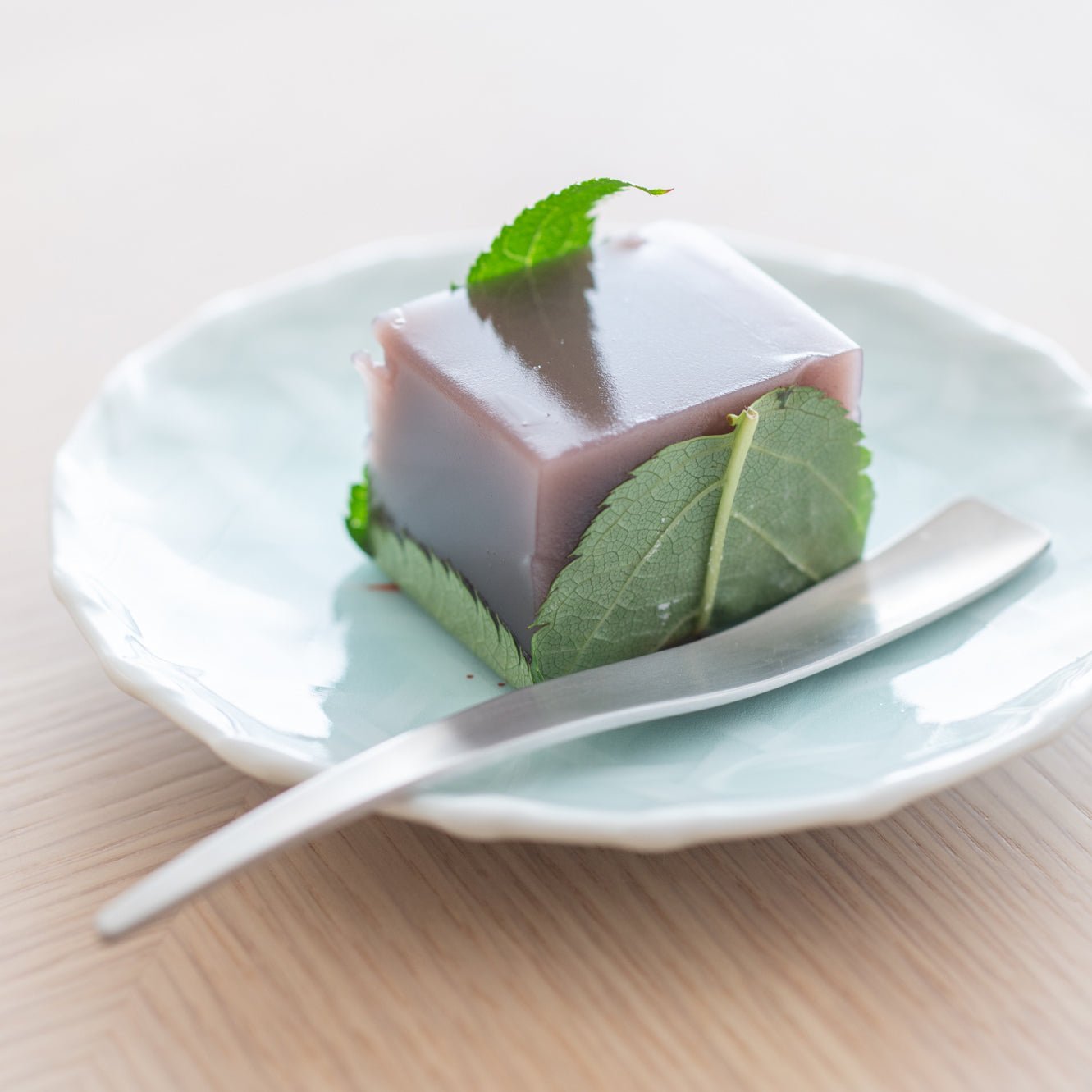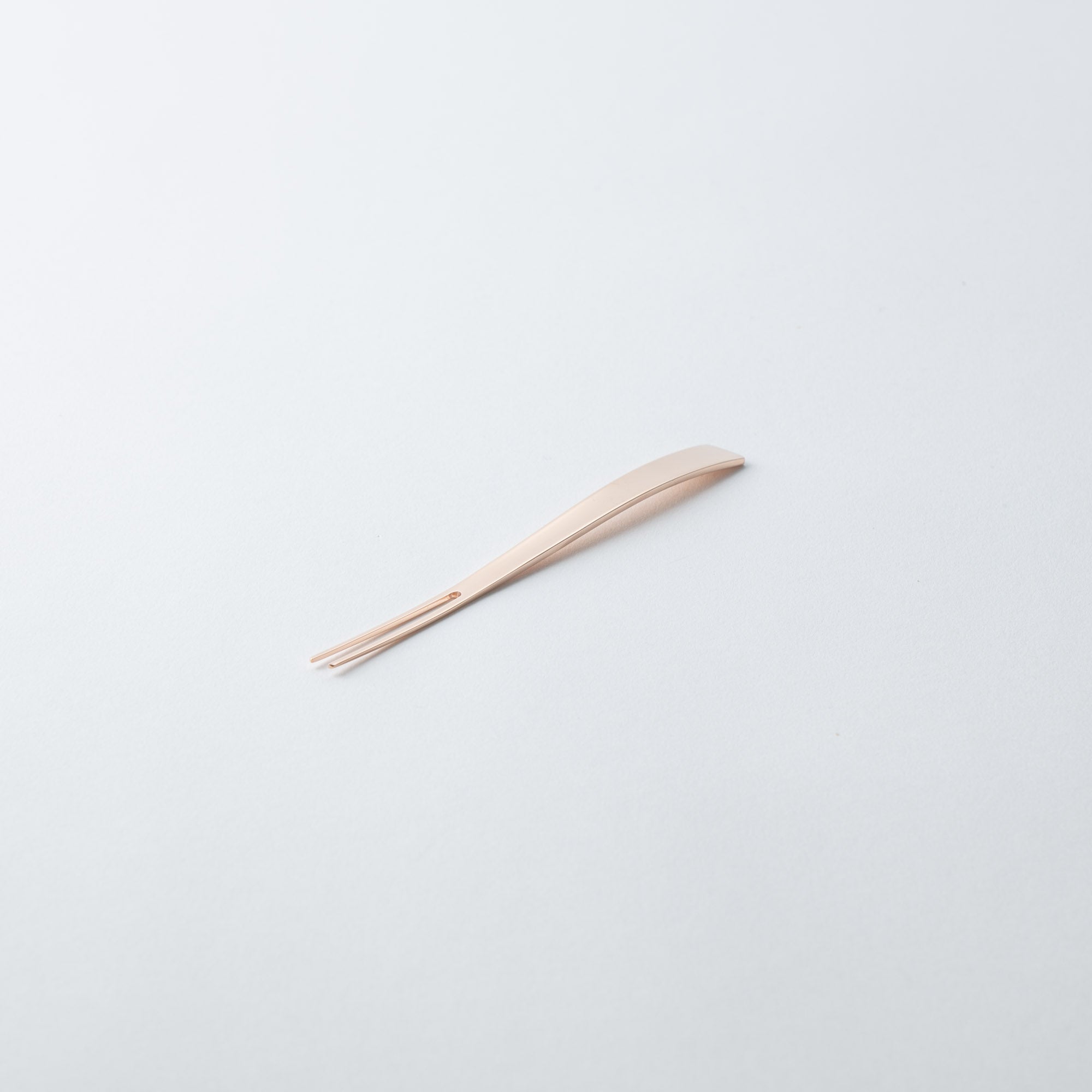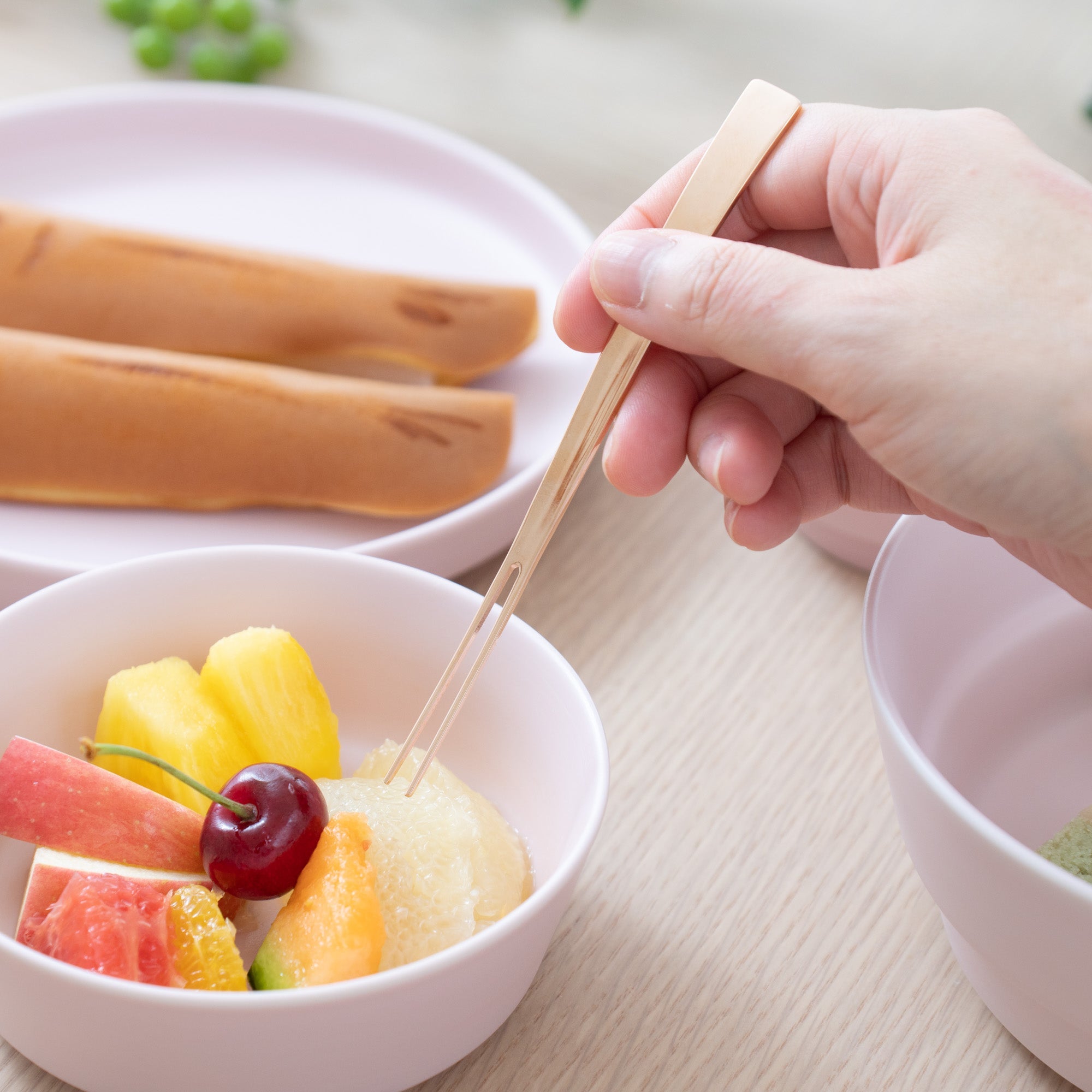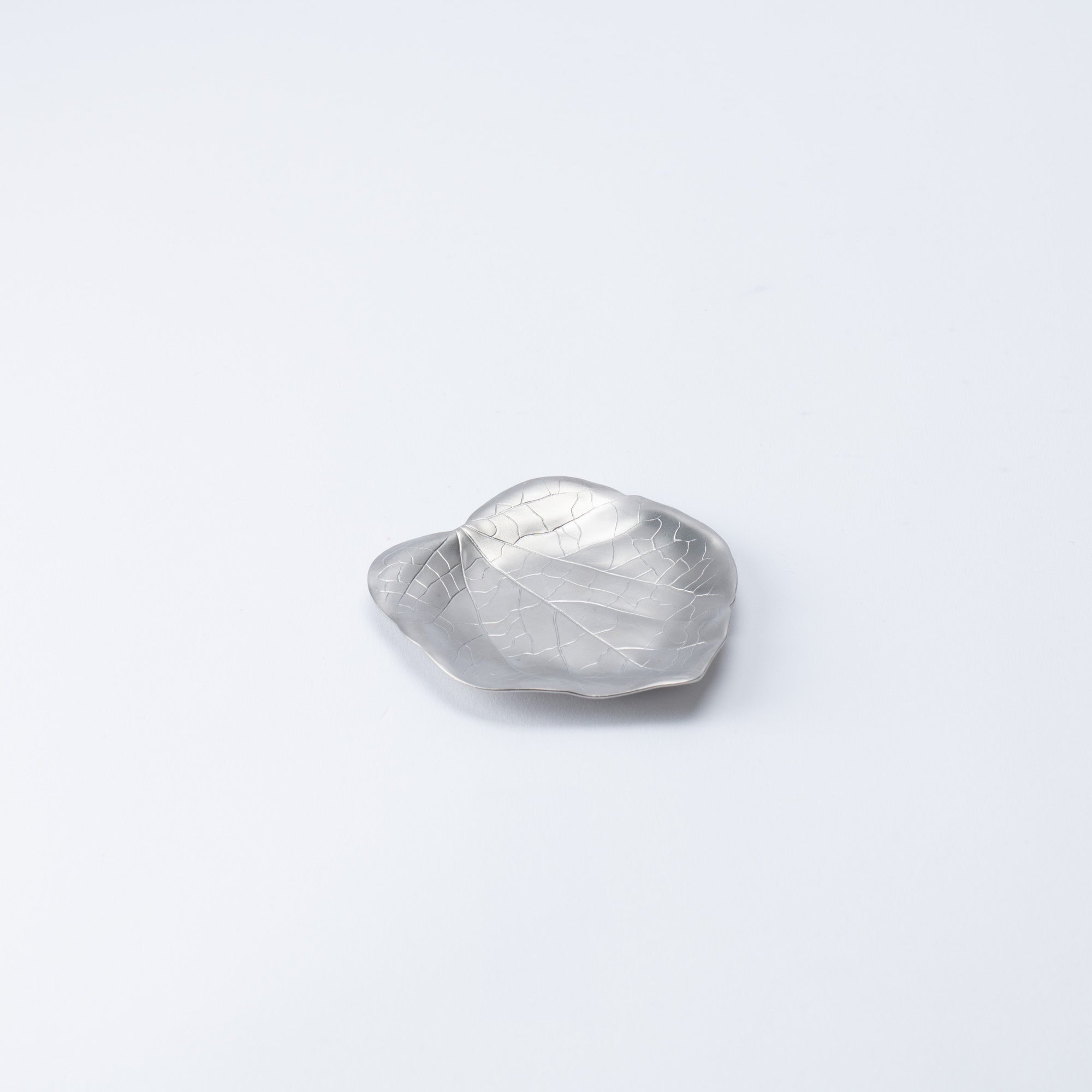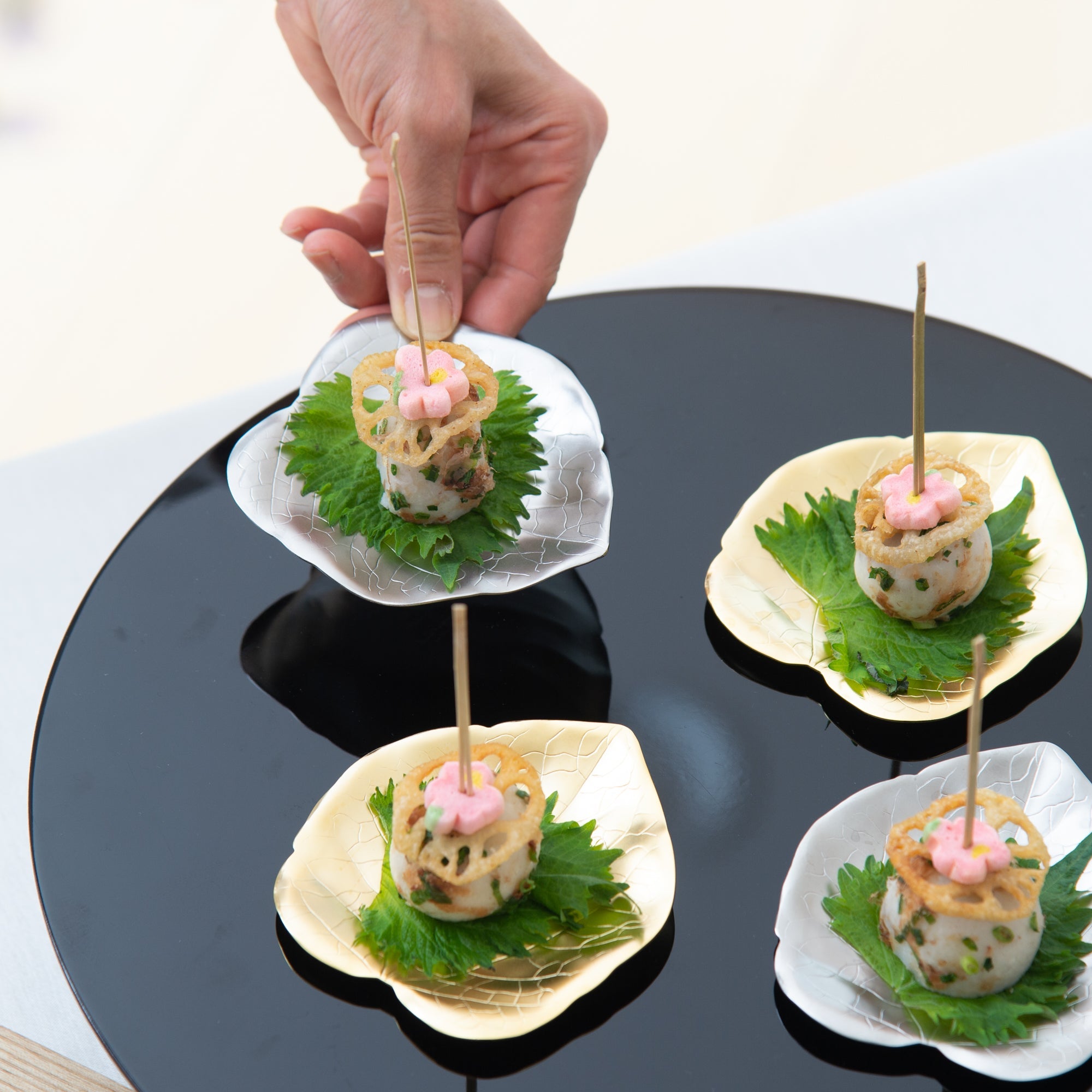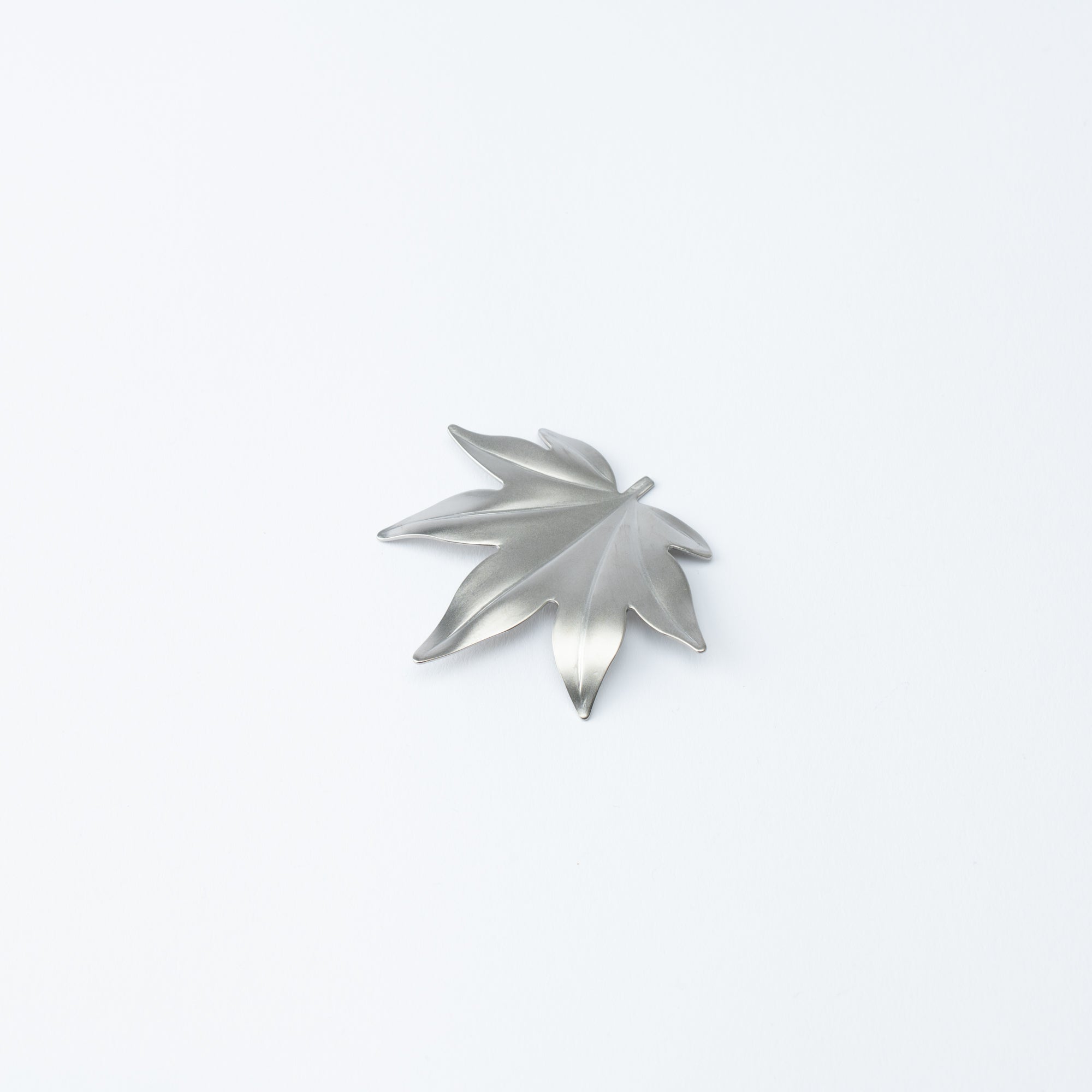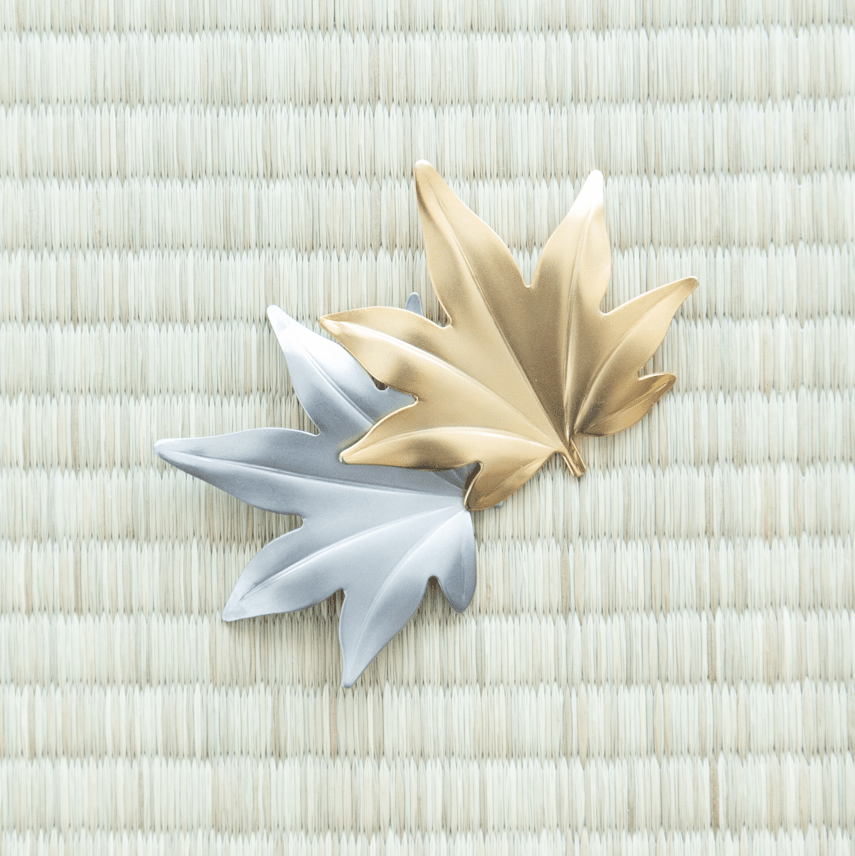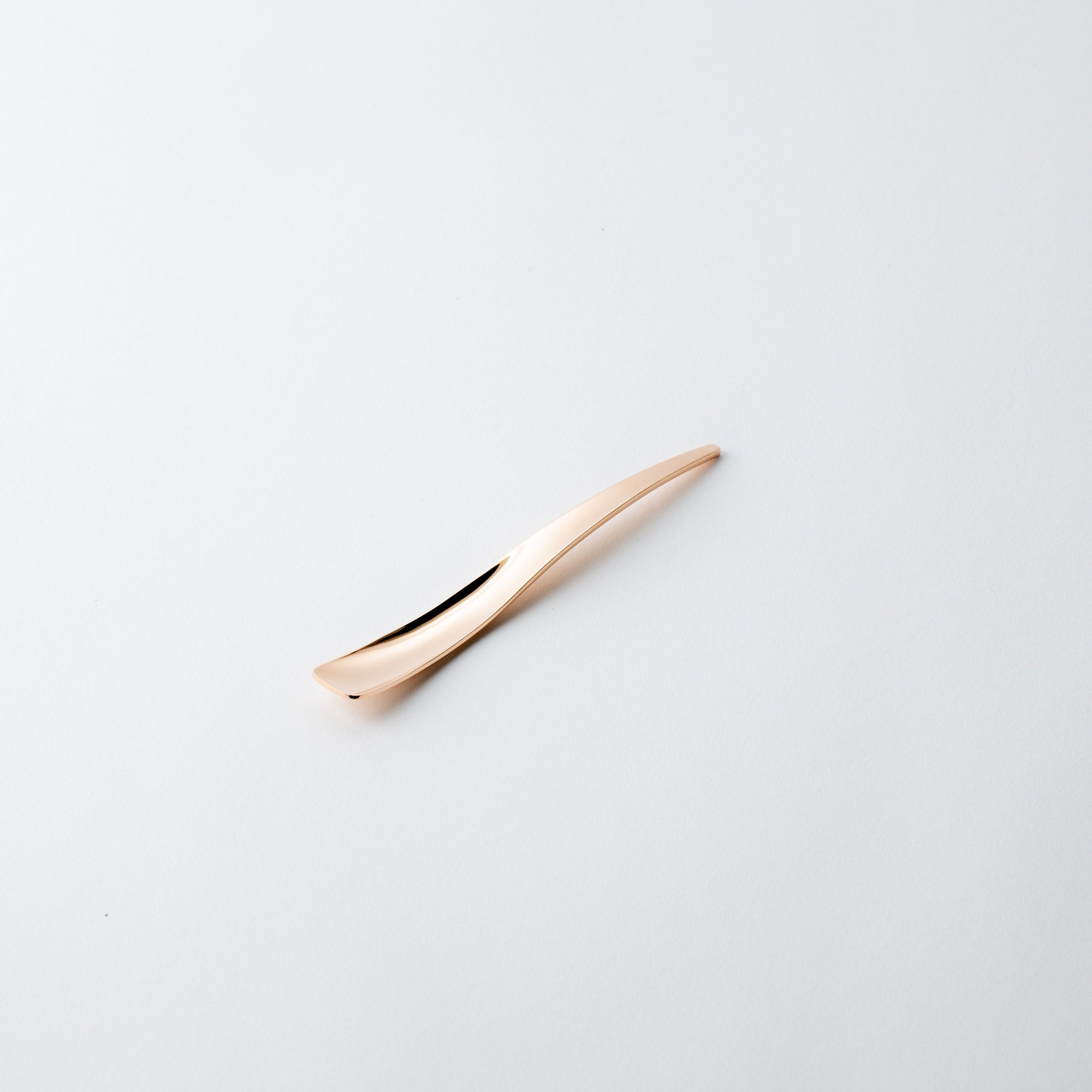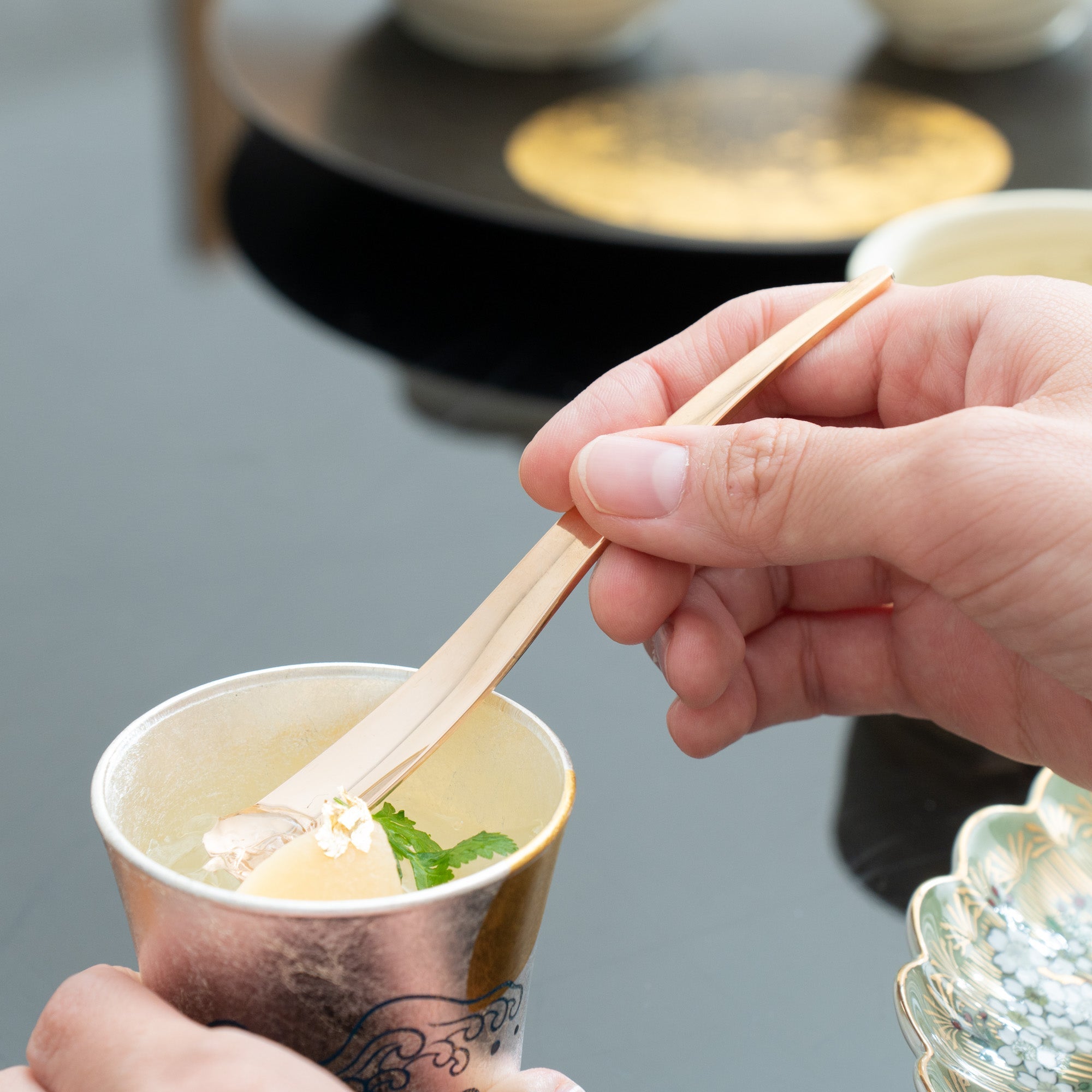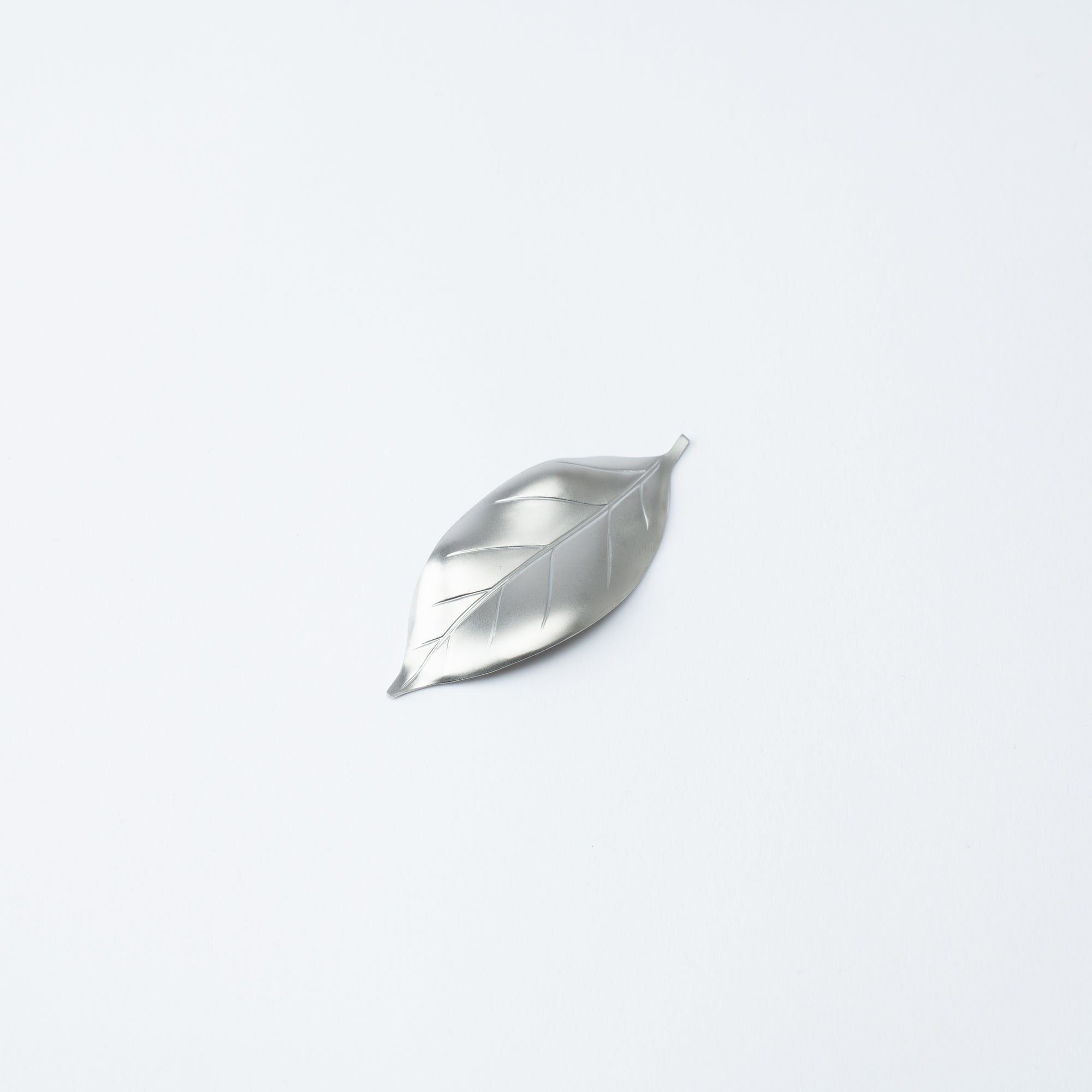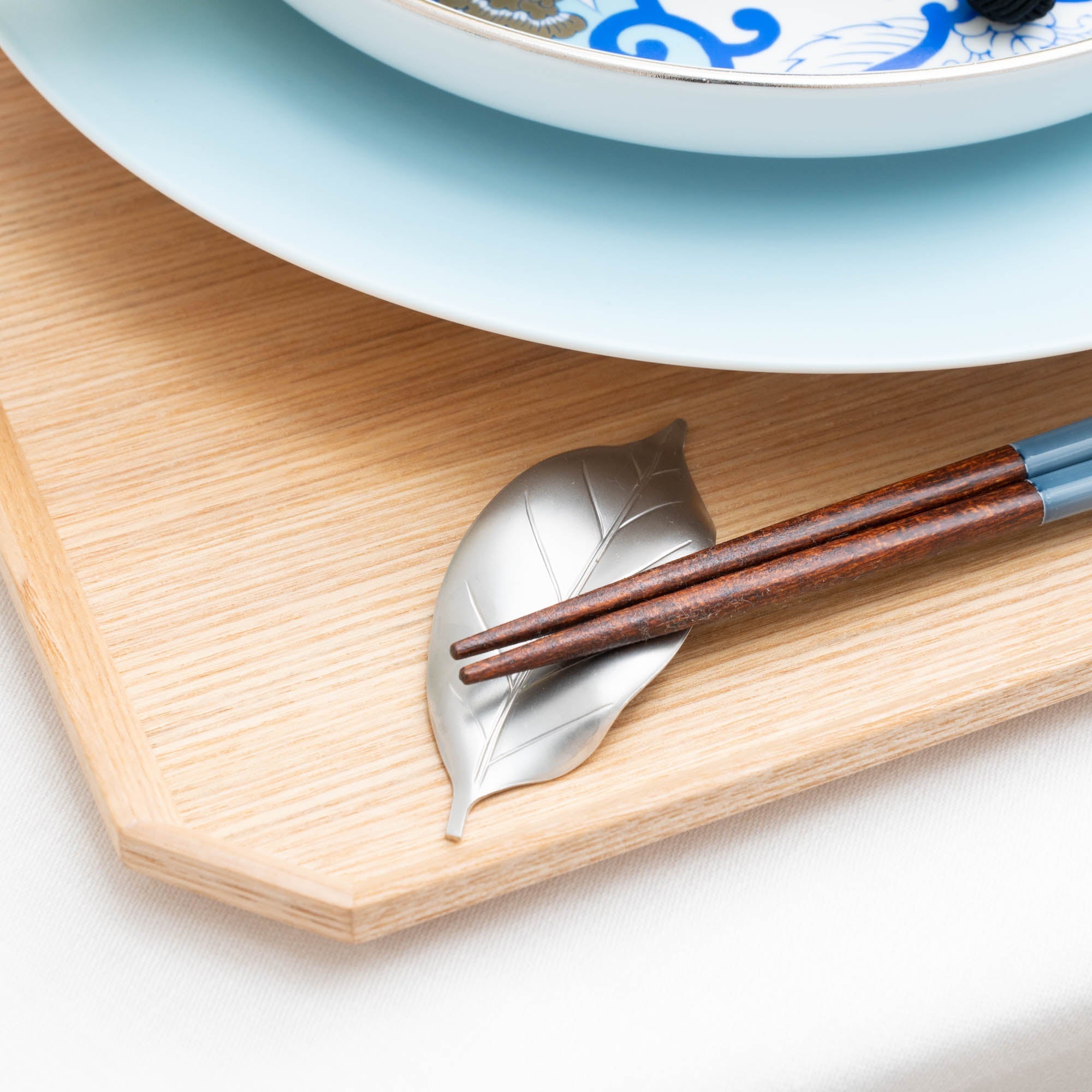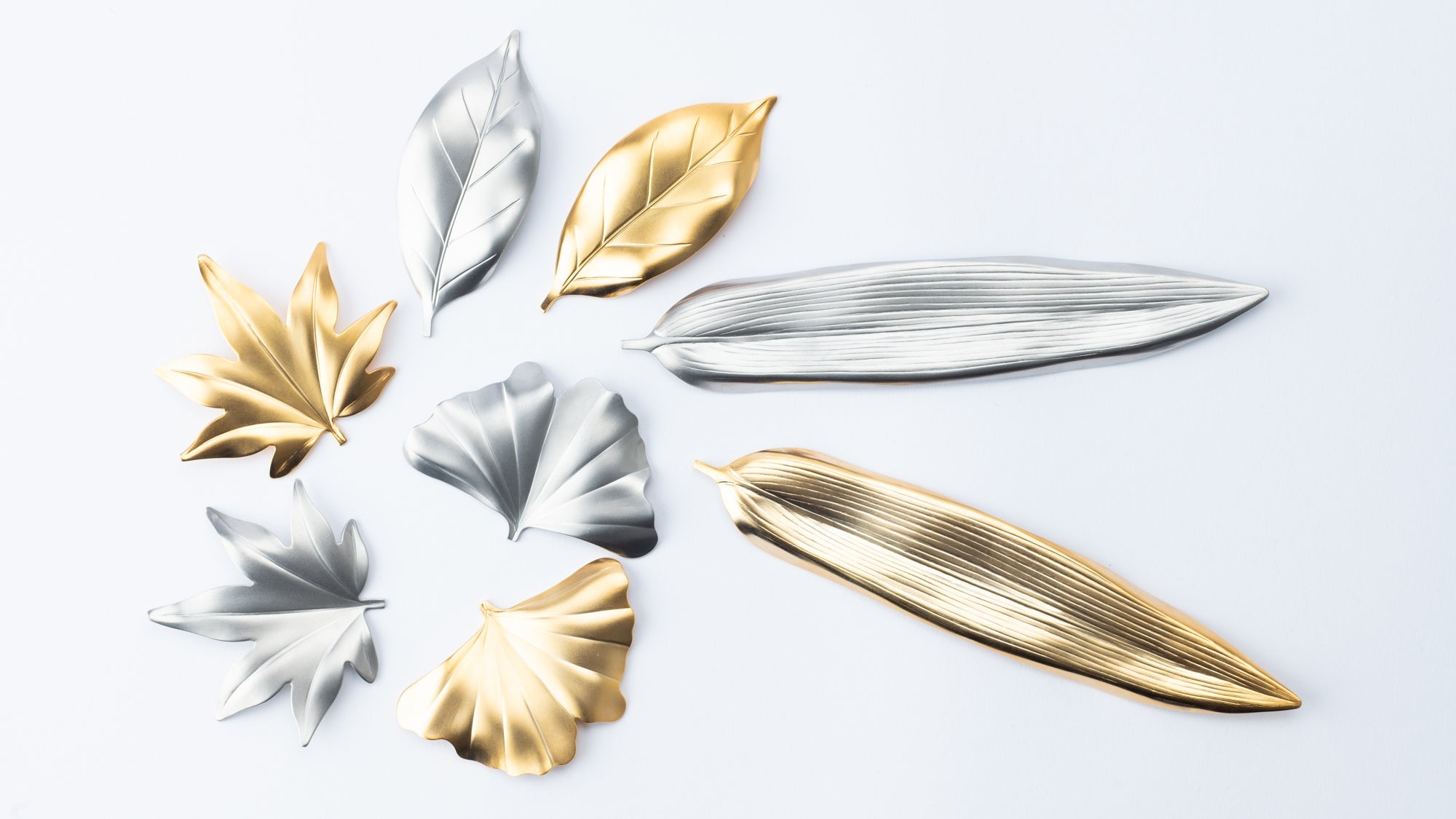
Tsubame Sinko
Tsubame Shinko Kogyo Co., based in Tsubame-Sanjo, Niigata Prefecture, is an esteemed manufacturer specializing in metal cutlery and tableware. This region is reputed for its high-quality production, accounting for over 90 percent of Japan's domestic output in this industry.
Filters
Tsubame Hutlery Gold Ginkgo Leaf Chopstick Rest
Sale price$10.00 USD
Tsubame Hutlery Gold Persimmon Leaf Amuse Bouche Spoon
Sale price$17.00 USD
Tsubame URBAN Matte Finish Fruit Fork
Sale price$9.00 USD
Tsubame Hutlery Gold Bamboo Leaf Cutlery Rest
Sale price$13.00 USD
Tsubame Hutlery Gold Maple Leaf Chopstick Rest
Sale price$10.00 USD
Tsubame MODERN WABI SABI Mirror Finish Coffee Spoon
Sale price$17.00 USD
Tsubame Hutlery Gold Heart Leaf Sauce Plate
Sale price$21.00 USD
Tsubame MODERN WABI SABI Mirror Finish Fruit Fork Set
Sale price$91.00 USD
Tsubame Hutlery Gold Camellia Leaf Chopstick Rest
Sale price$10.00 USD
Tsubame MODERN WABI SABI Mirror Finish Fruit Fork
Sale price$17.00 USD
Tsubame Hutlery Silver Ginkgo Leaf Chopstick Rest
Sale price$8.00 USD
Tsubame Hutlery Silver Persimmon Leaf Amuse Bouche Spoon
Sale price$10.00 USD
Tsubame Hutlery Silver Bamboo Leaf Cutlery Rest
Sale price$10.00 USD
Tsubame URBAN Matte Finish Tea Spoon
Sale price$9.00 USD
Tsubame URBAN Pink Gold Fruit Fork
Sale price$13.00 USD
Tsubame Hutlery Silver Heart Leaf Sauce Plate
Sale price$14.00 USD
Tsubame Hutlery Silver Maple Leaf Chopstick Rest
Sale price$8.00 USD
Tsubame URBAN Pink Gold Tea Spoon
Sale price$13.00 USD
Tsubame Hutlery Silver Camellia Leaf Chopstick Rest
Sale price$8.00 USD


